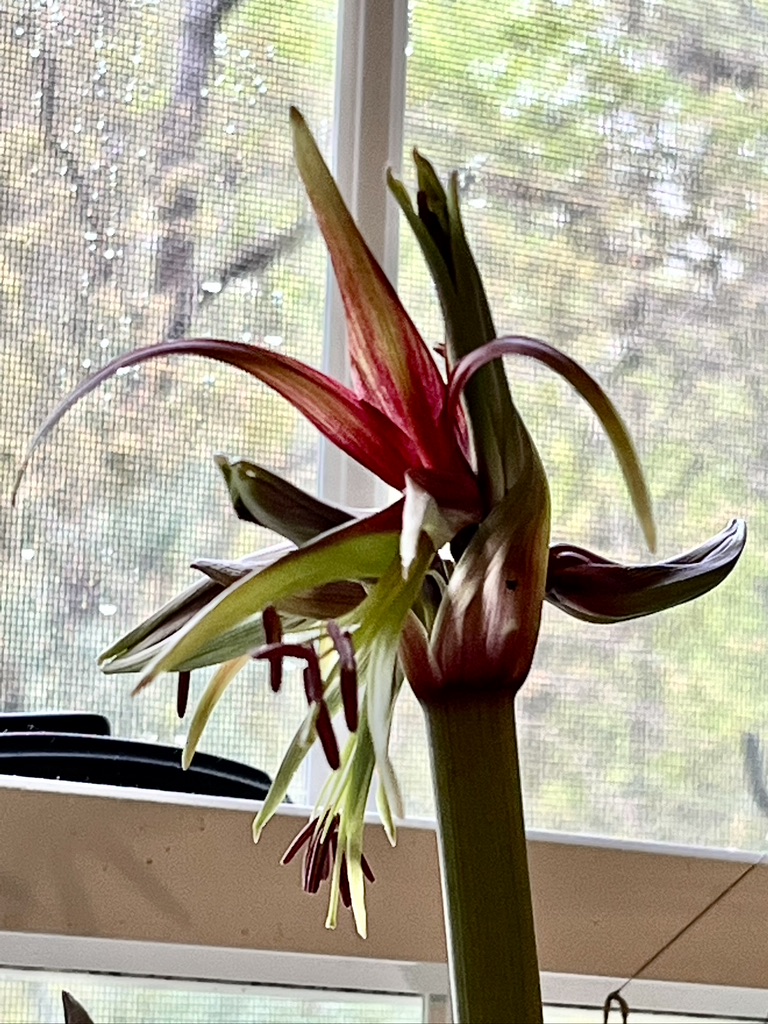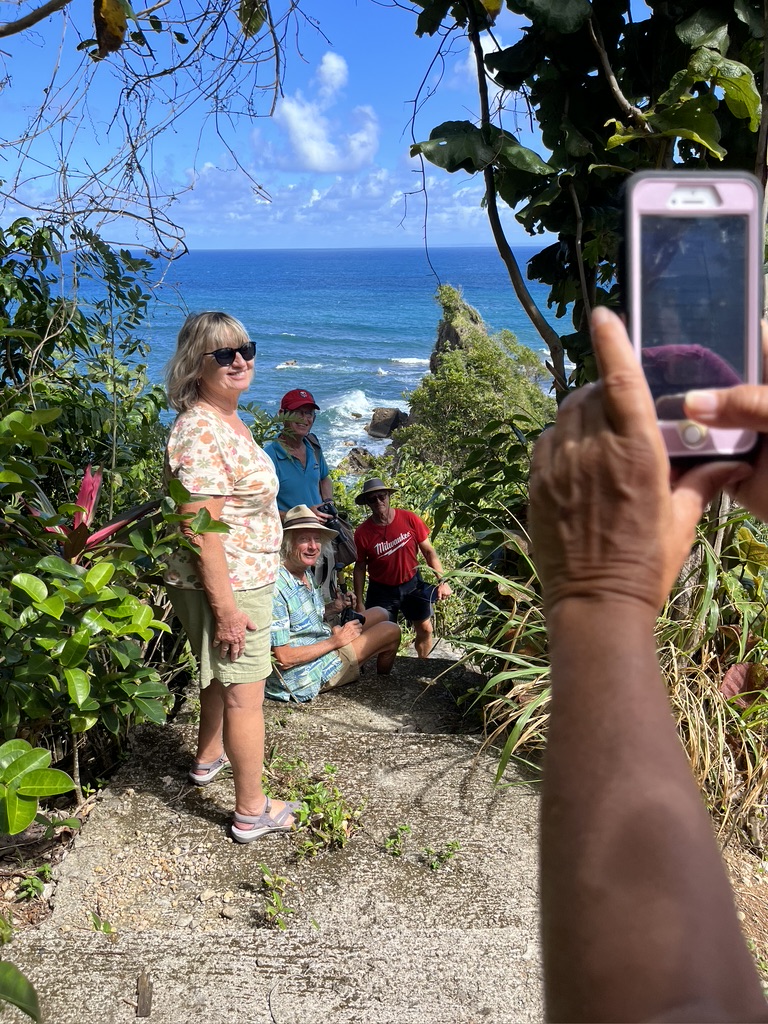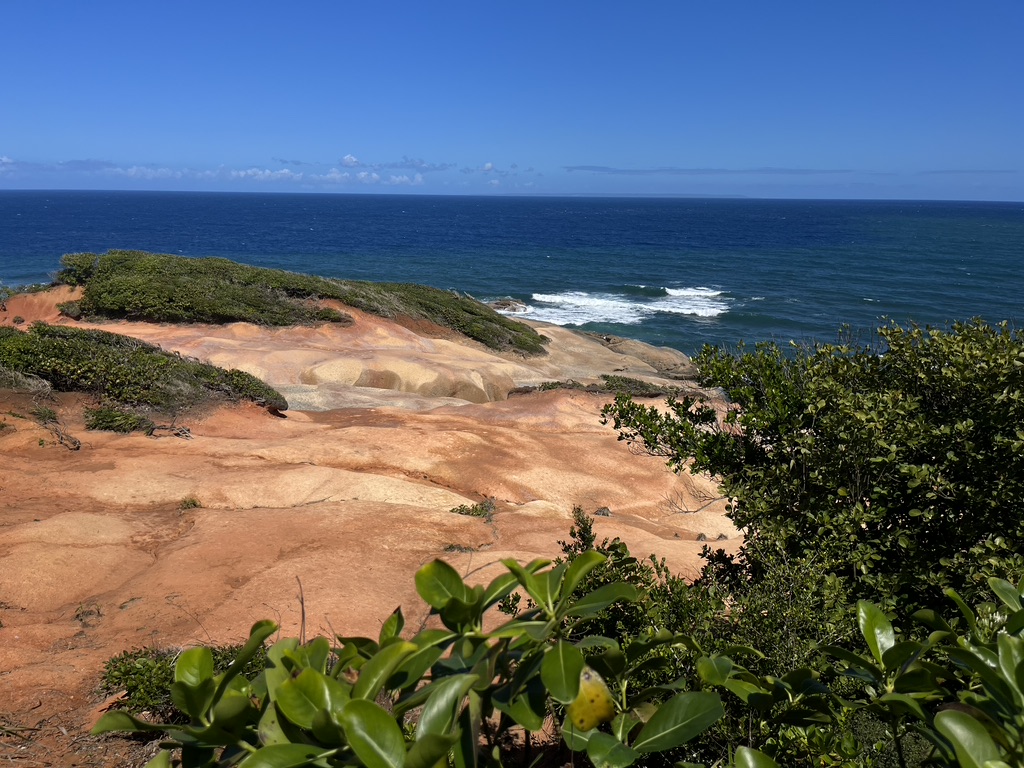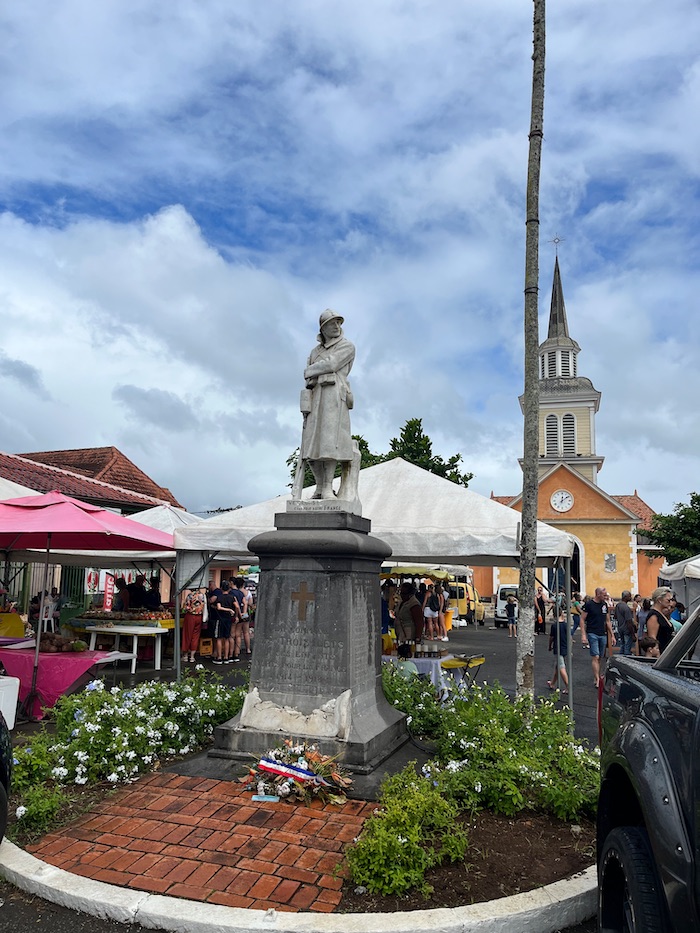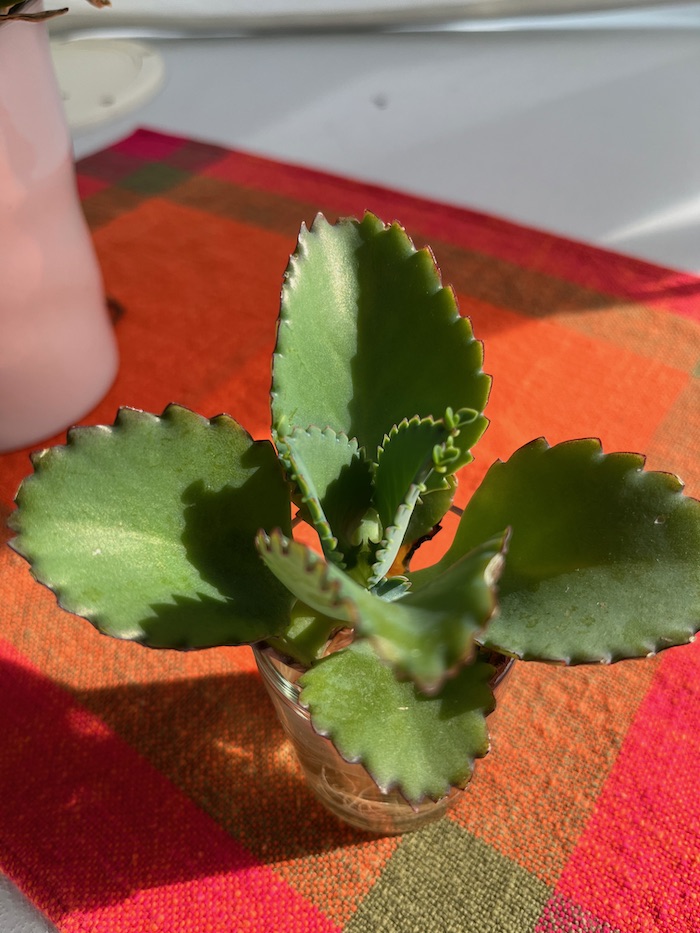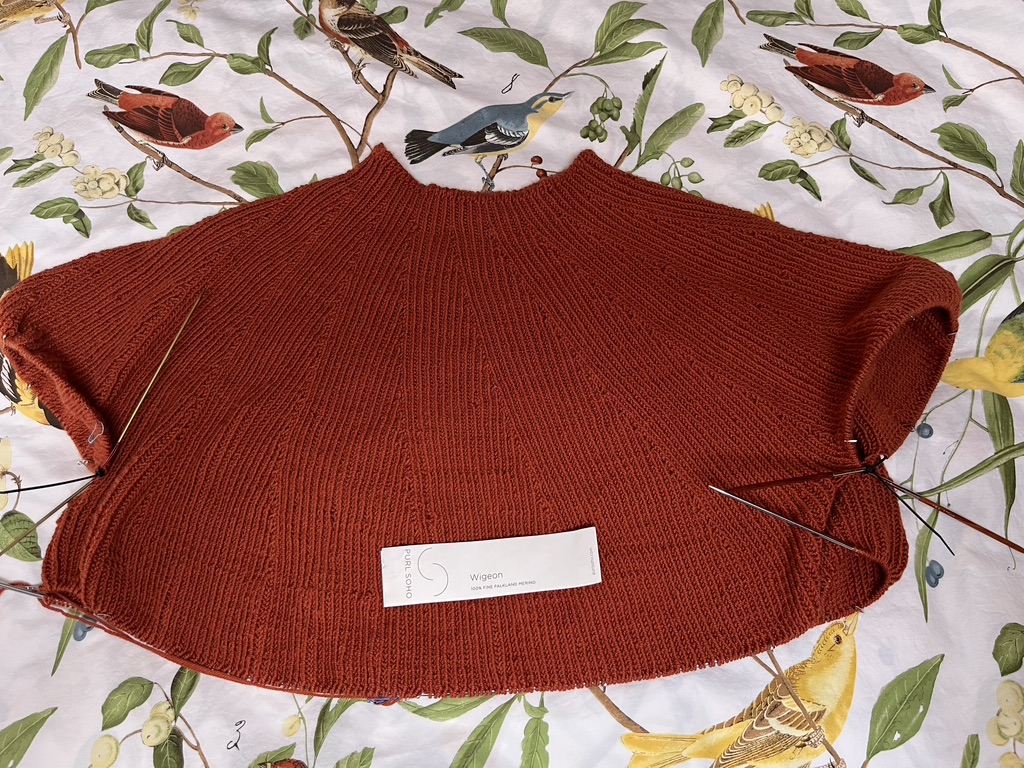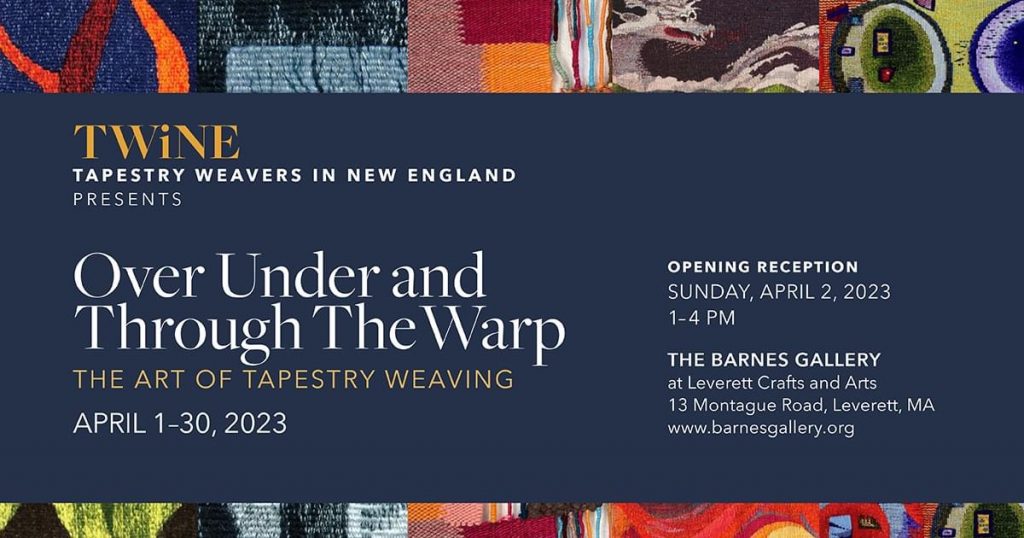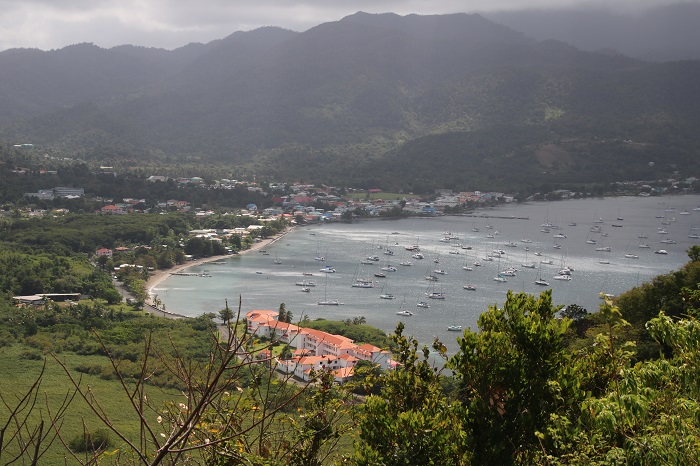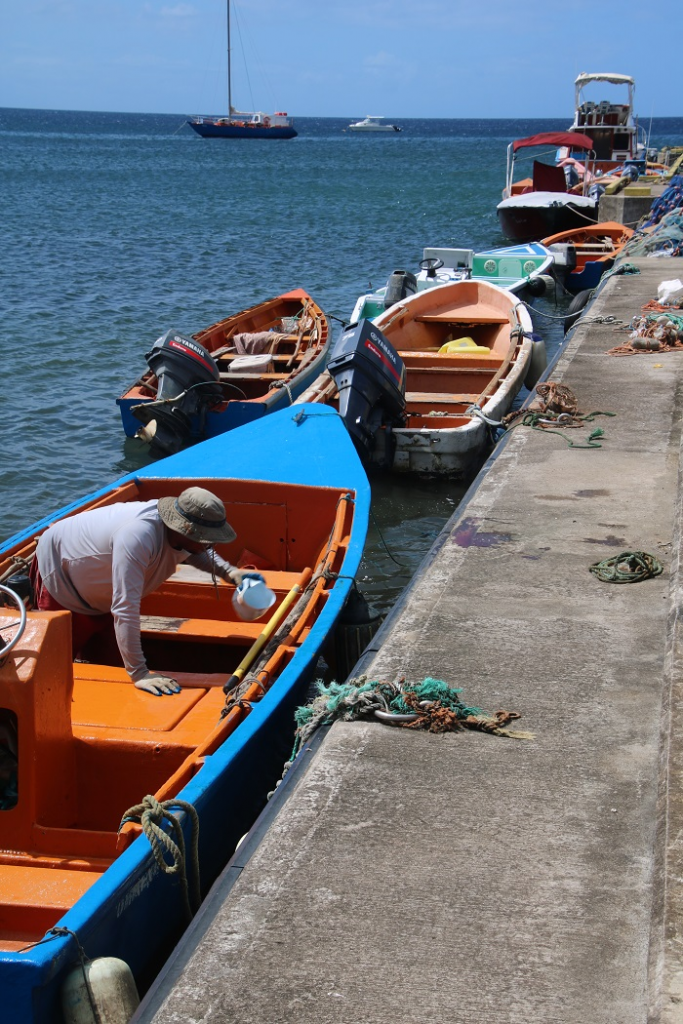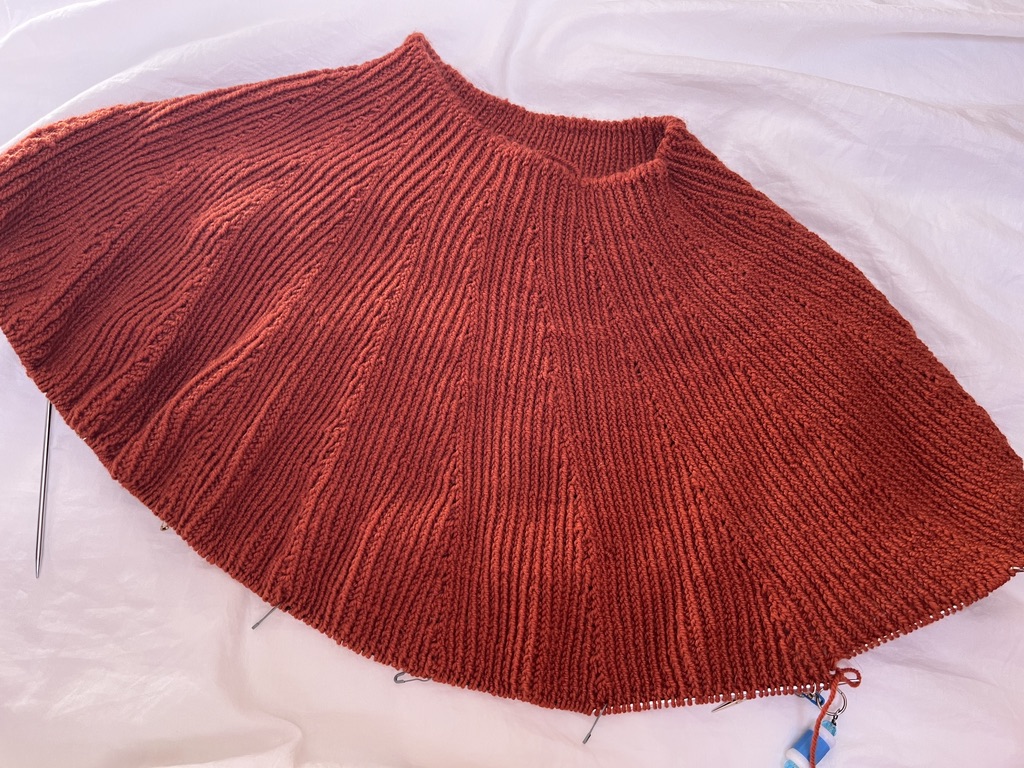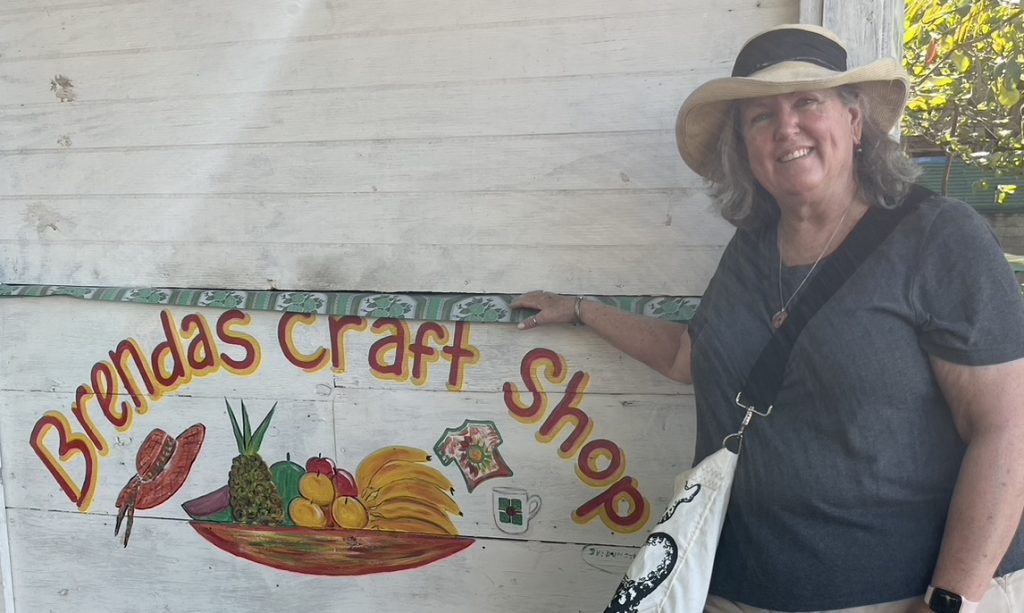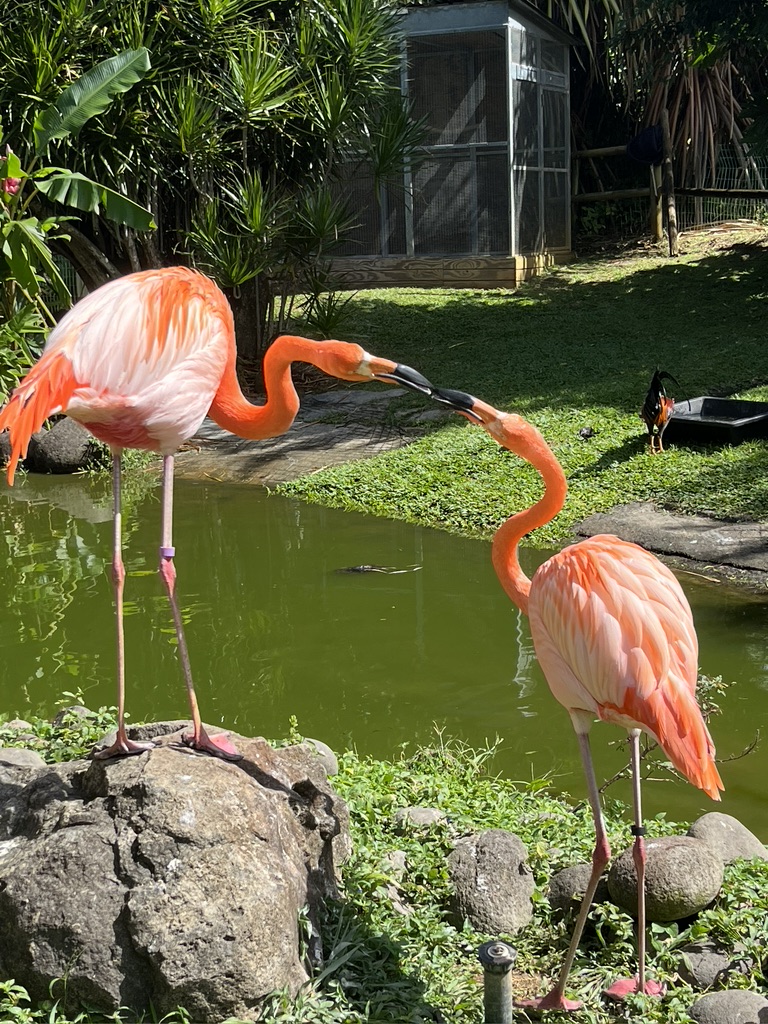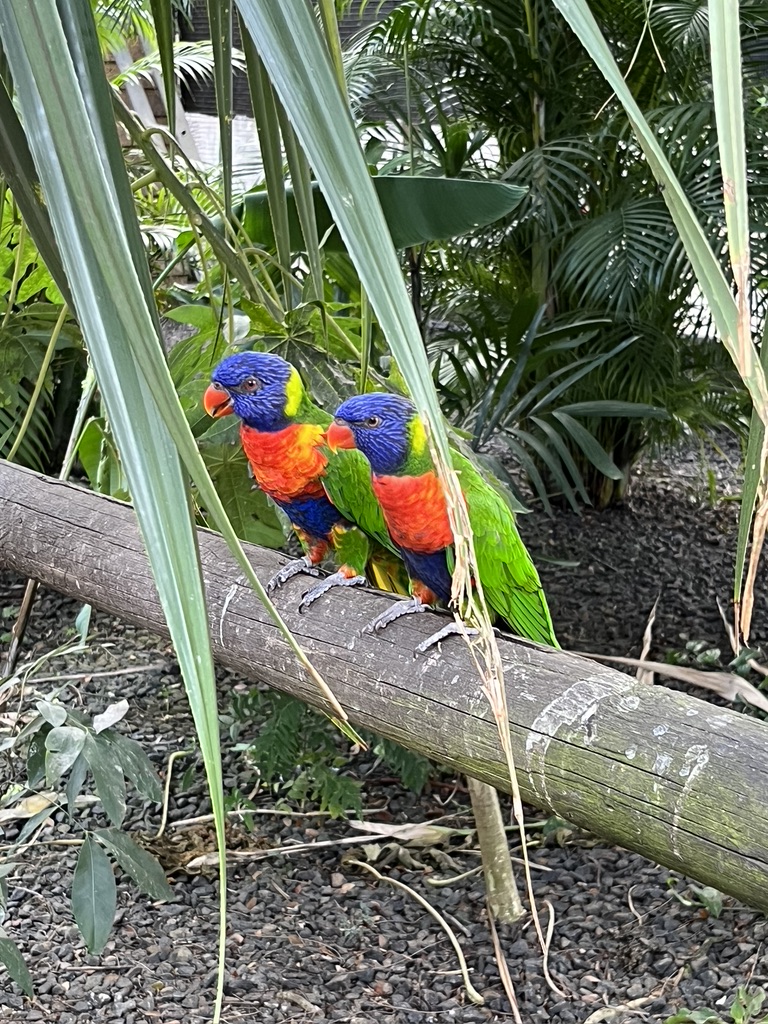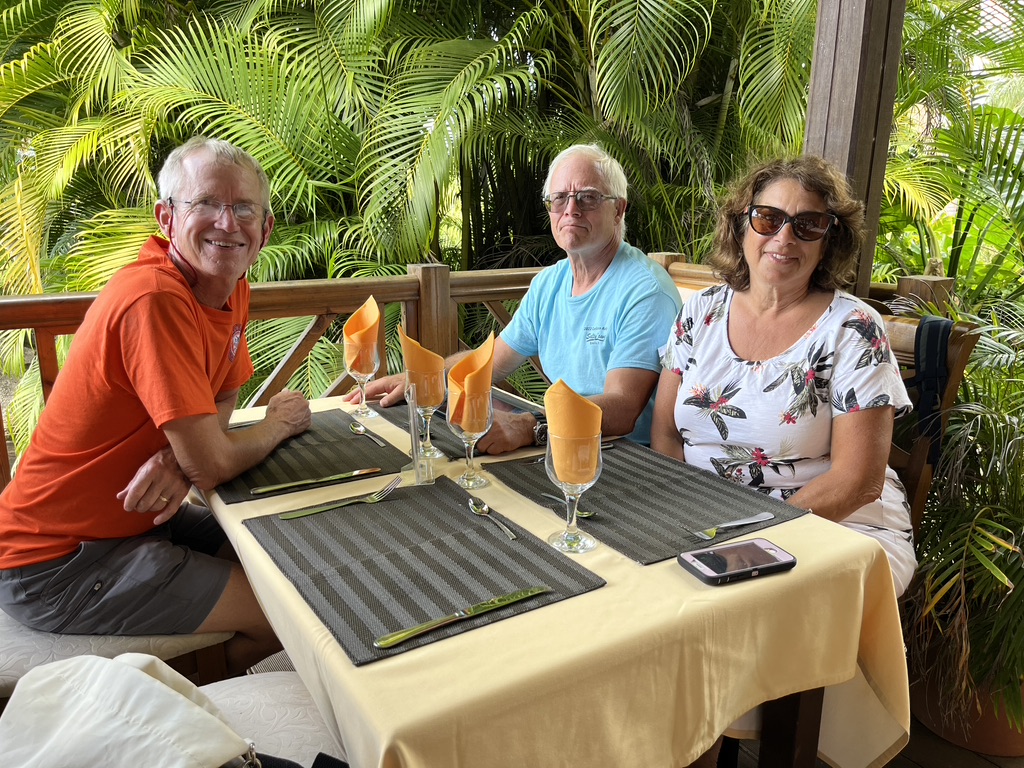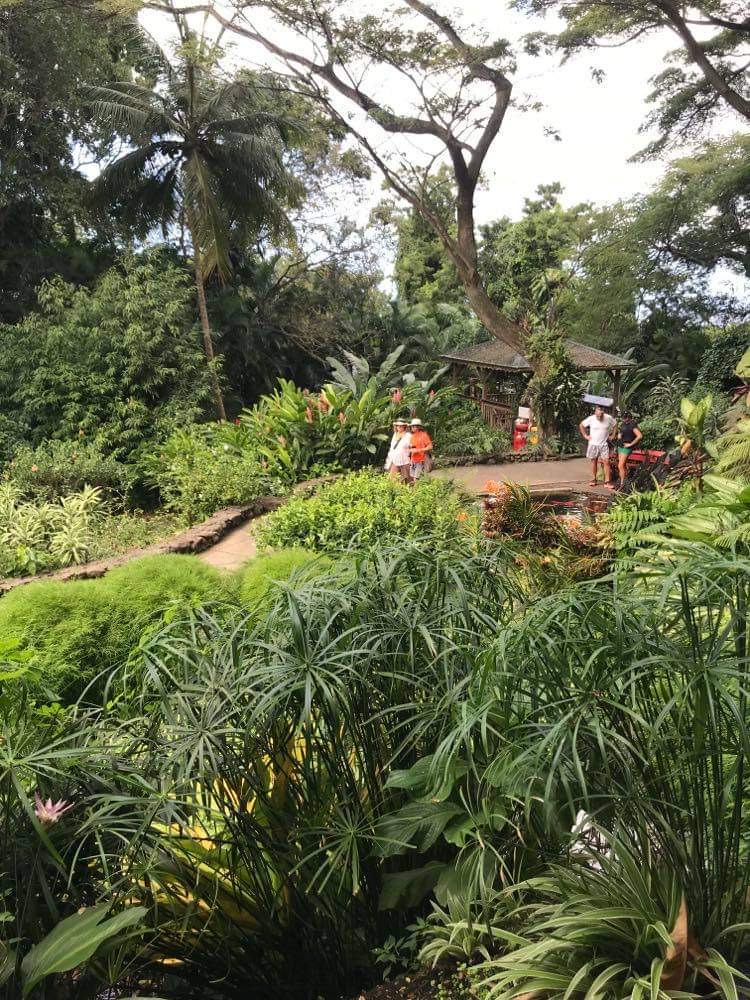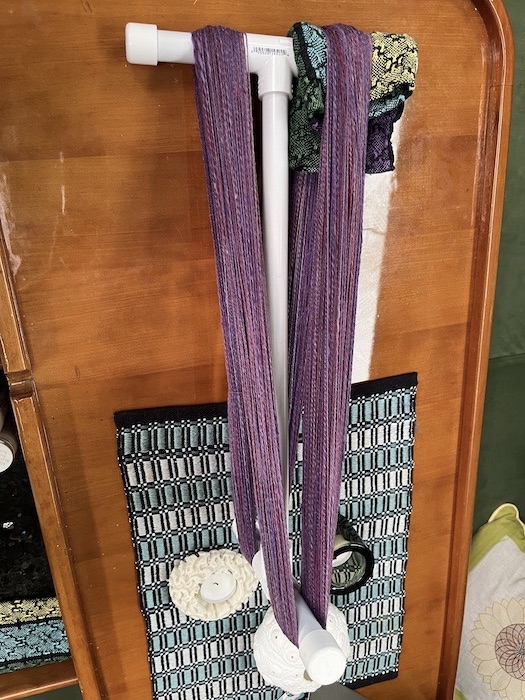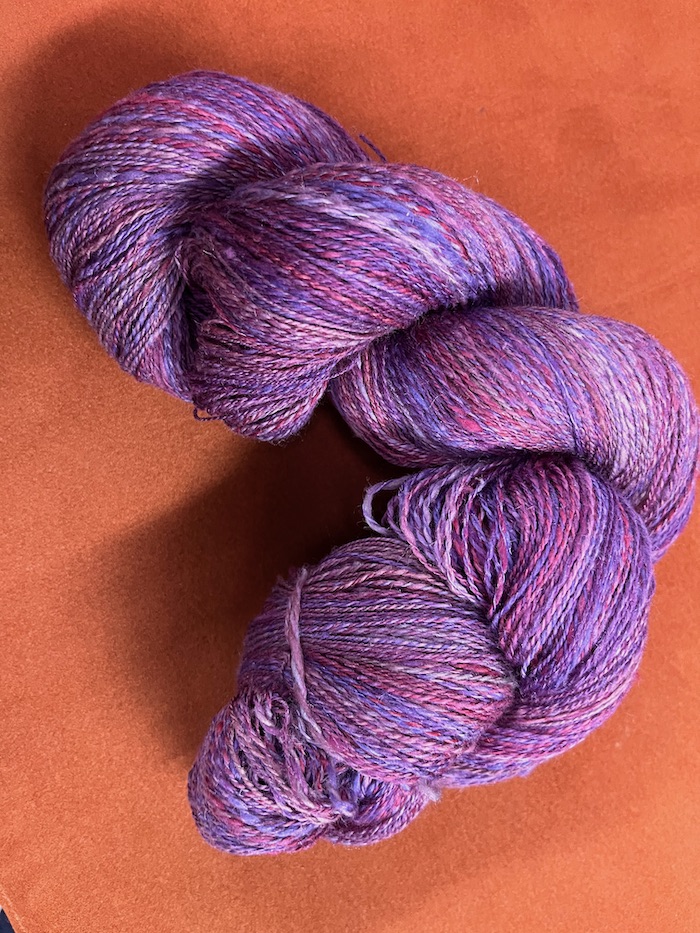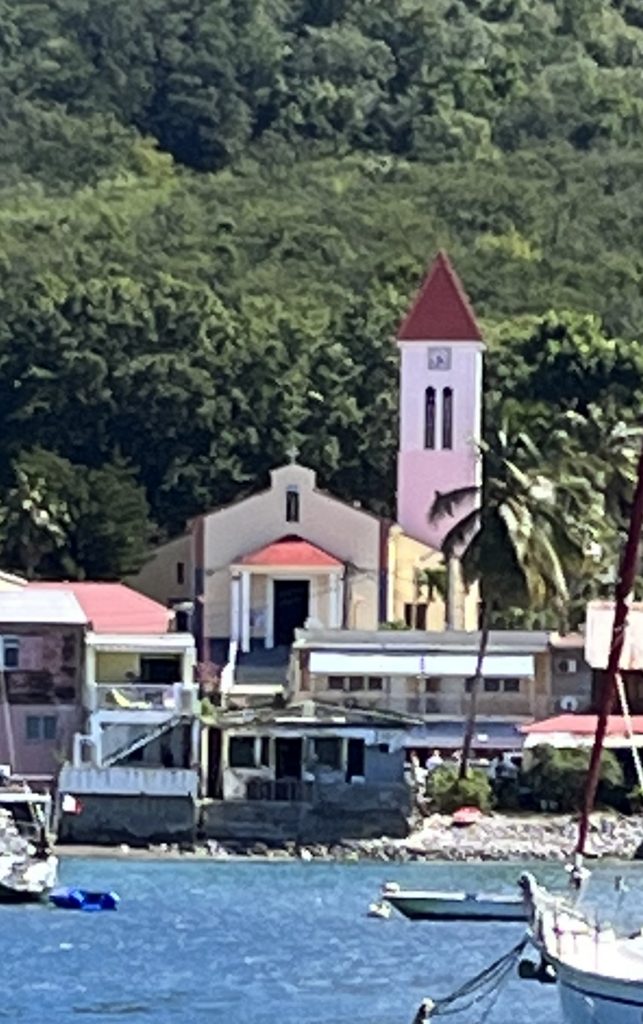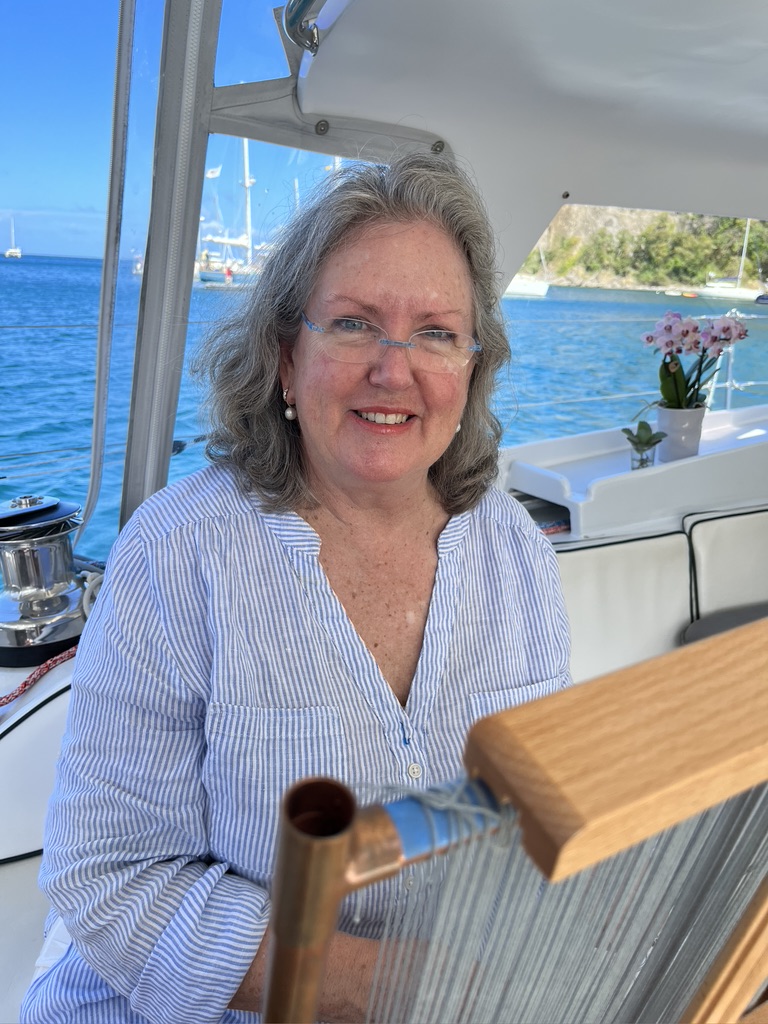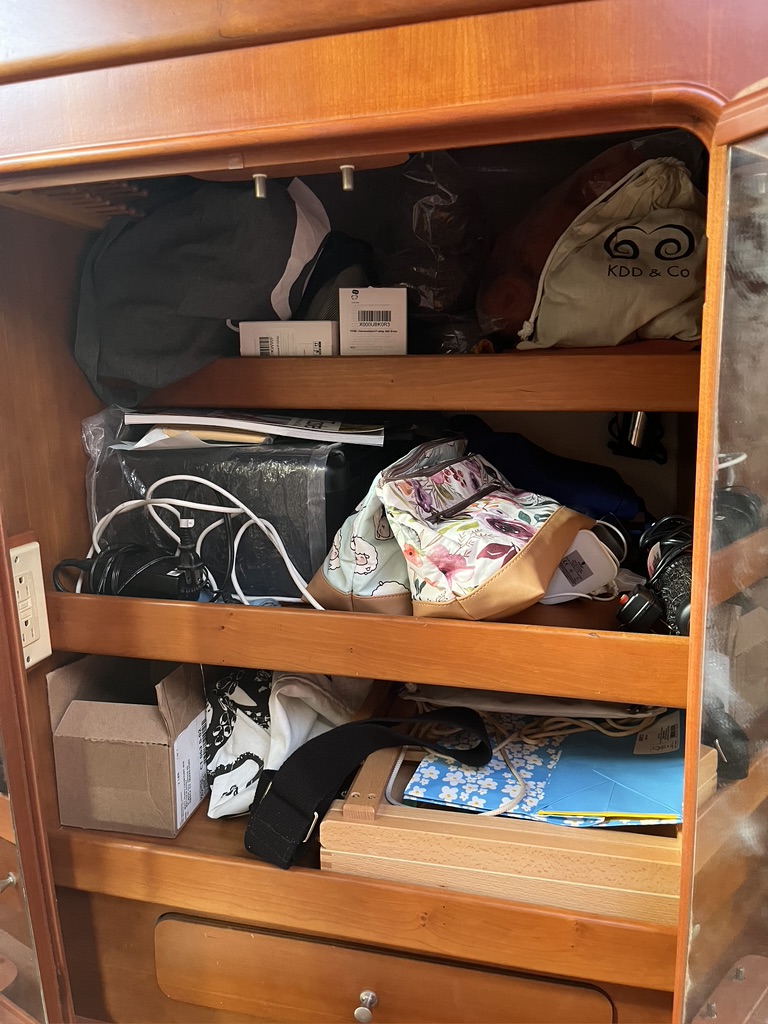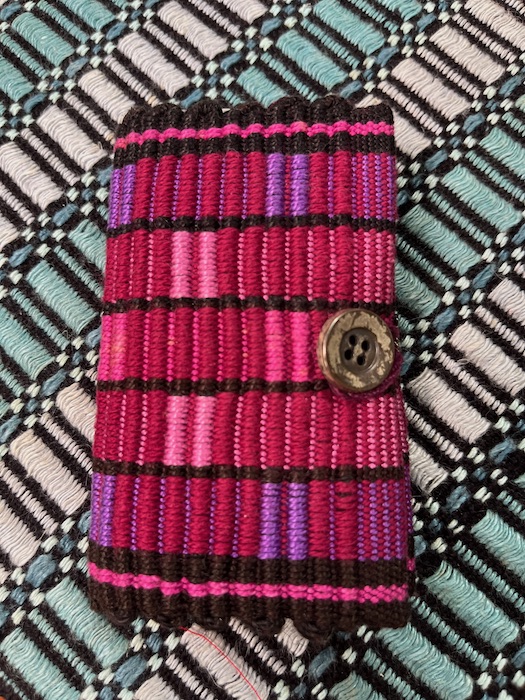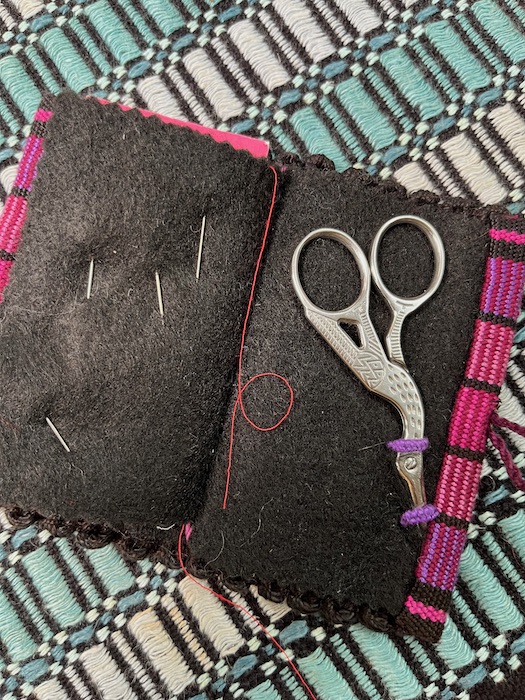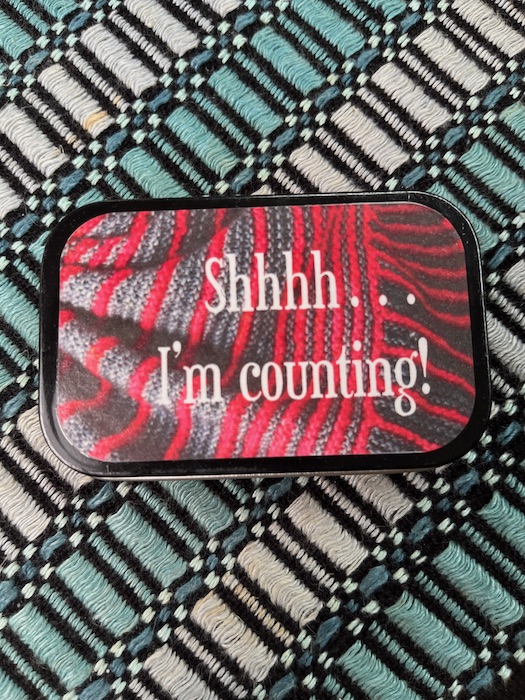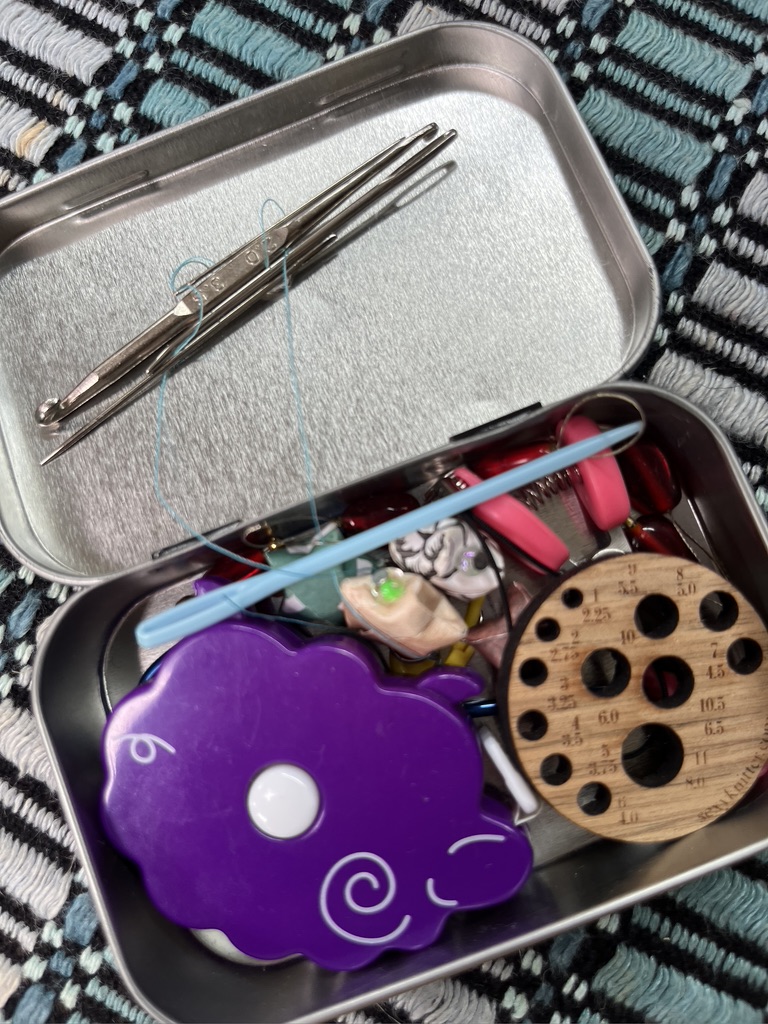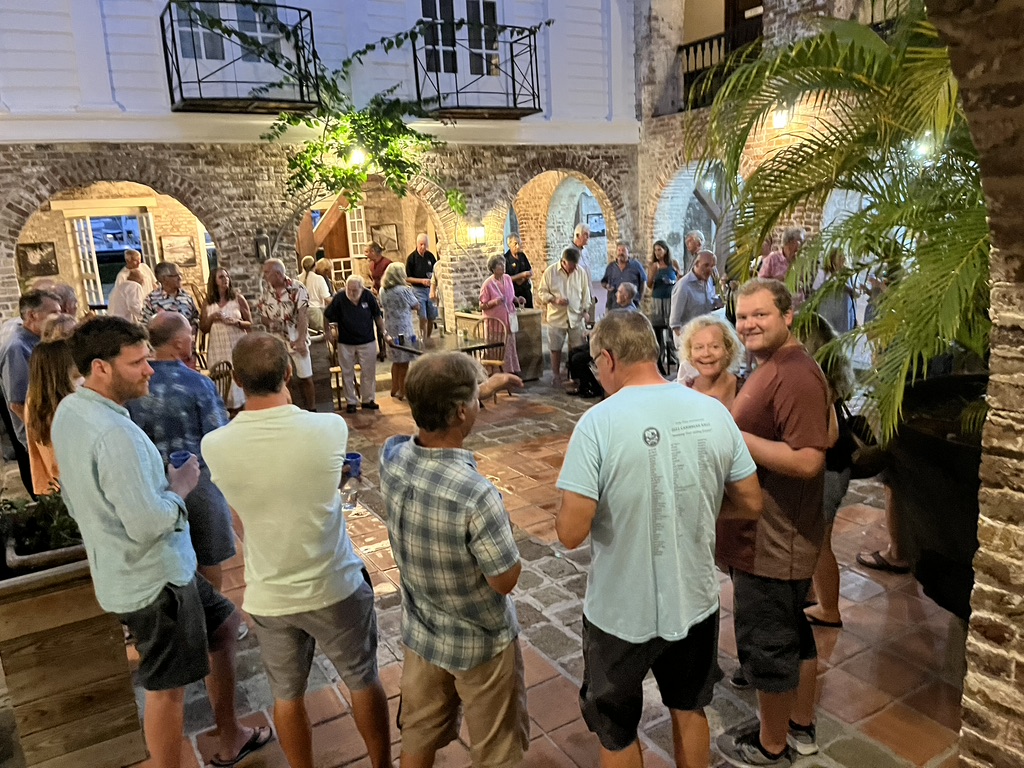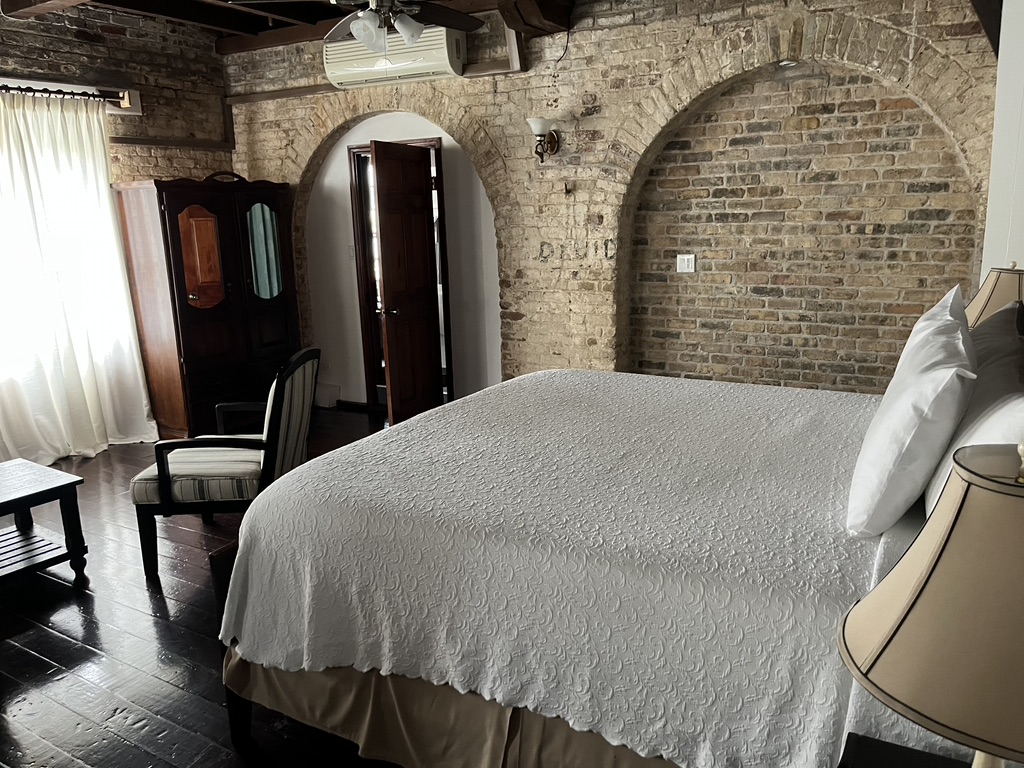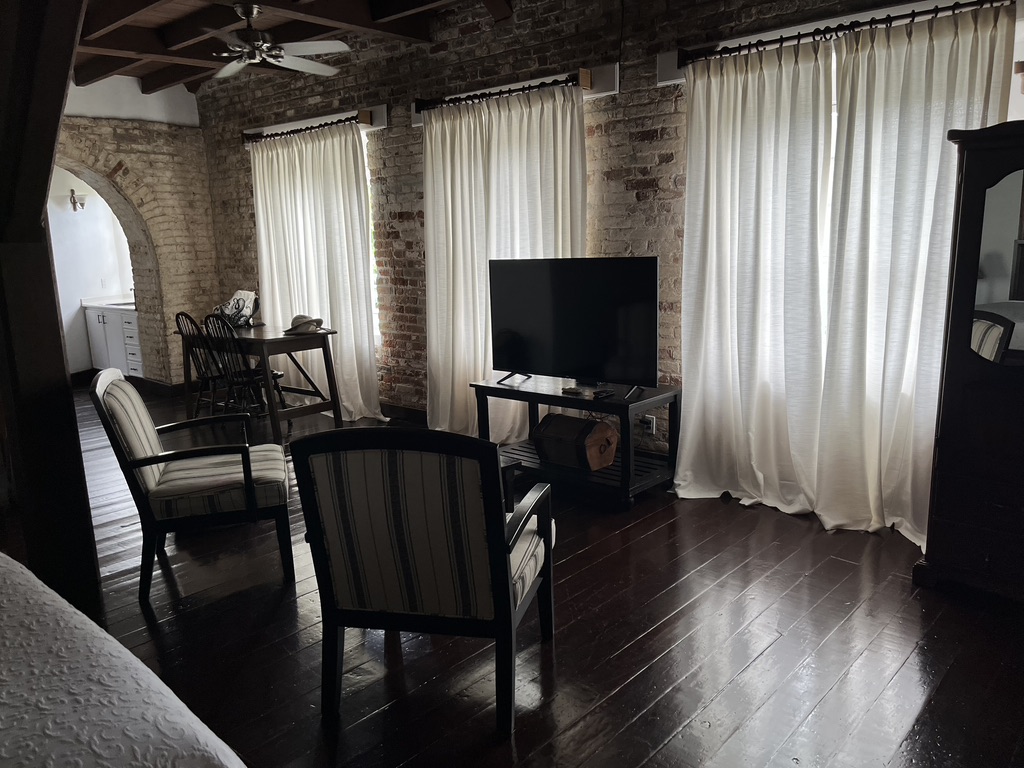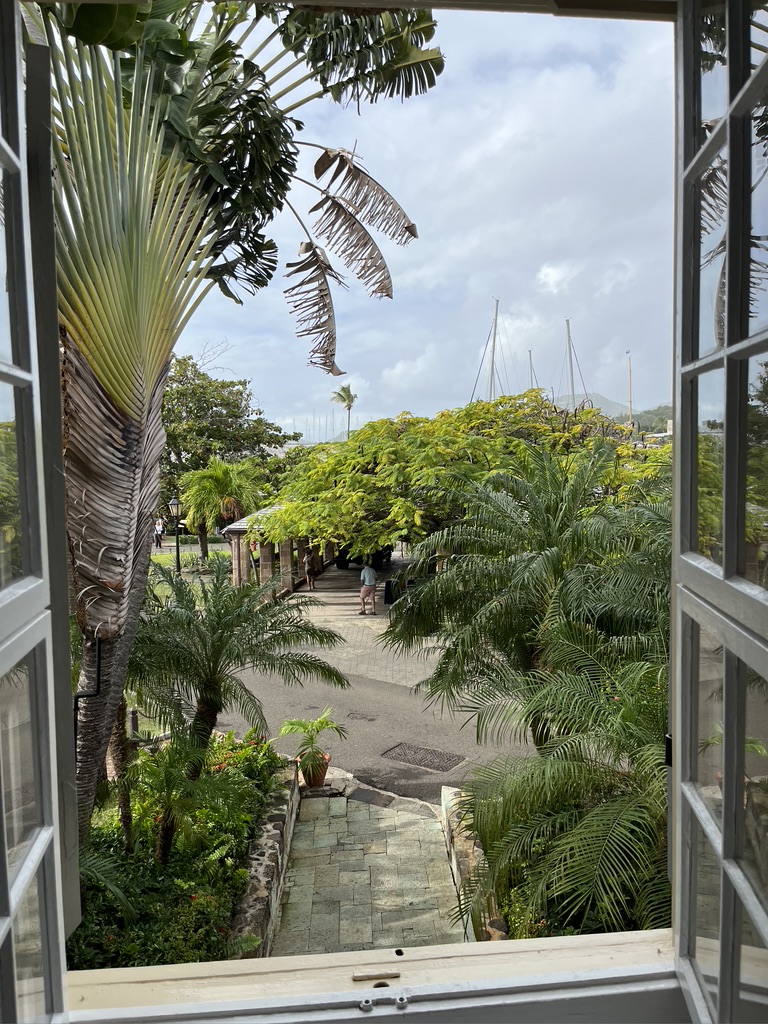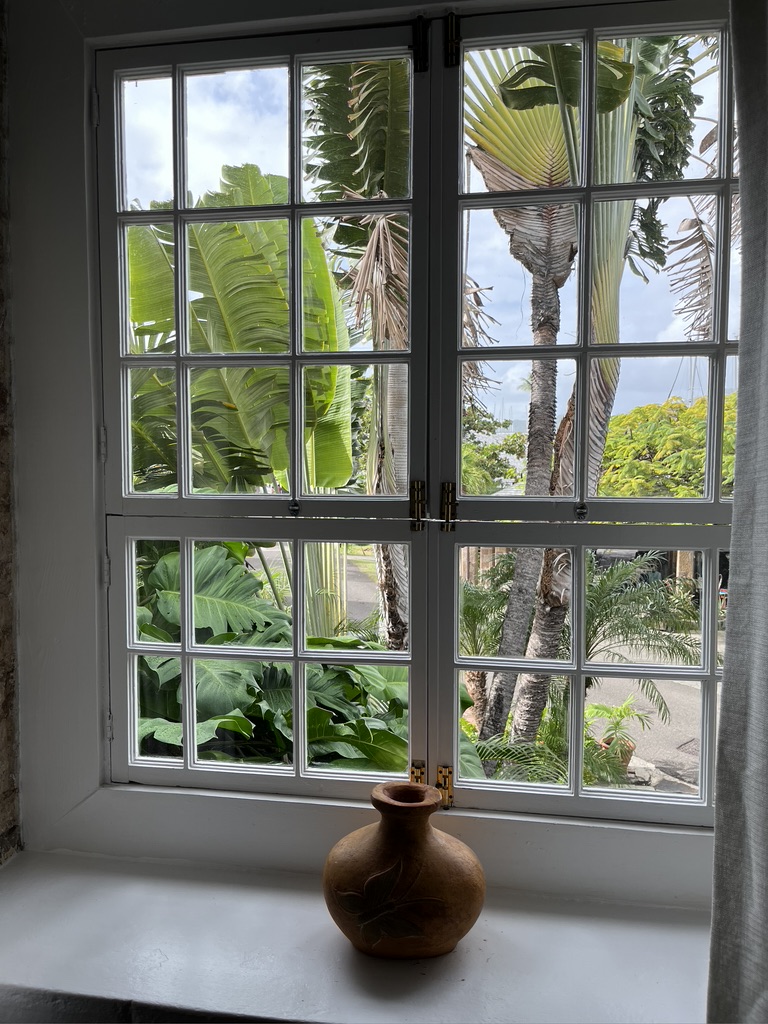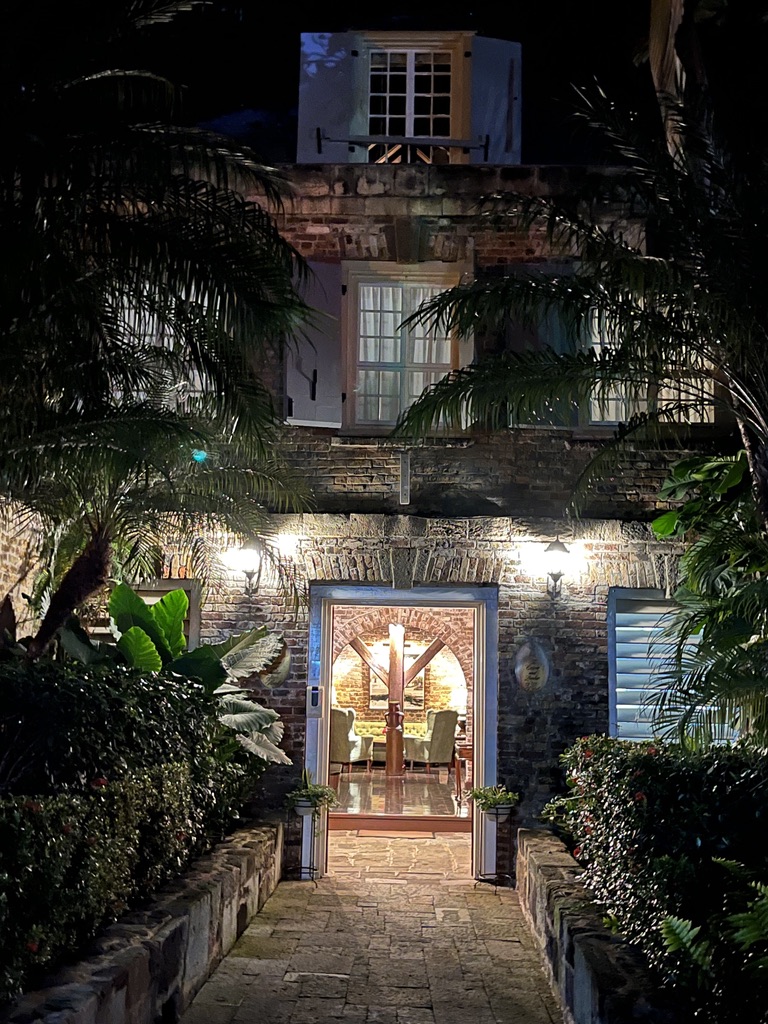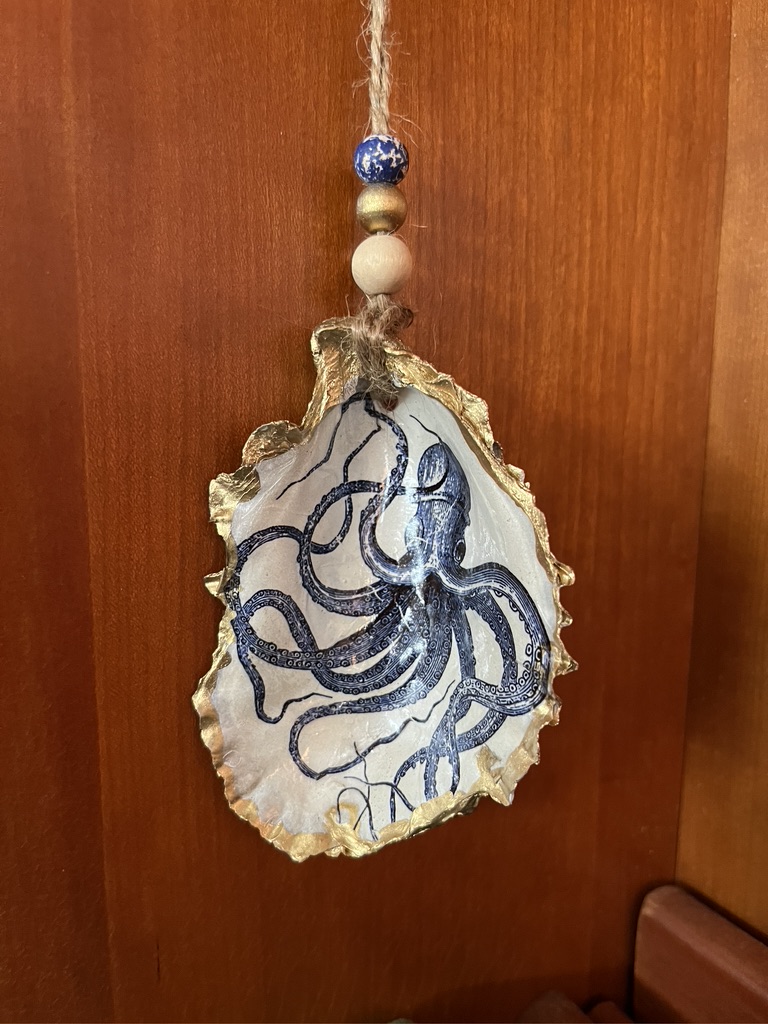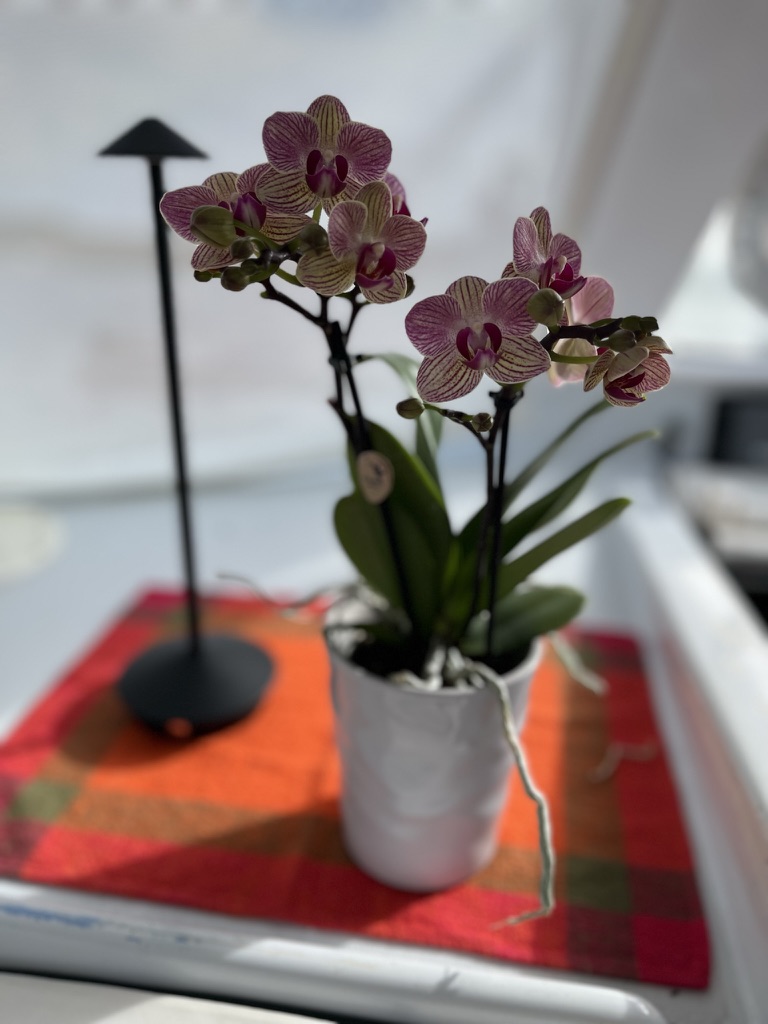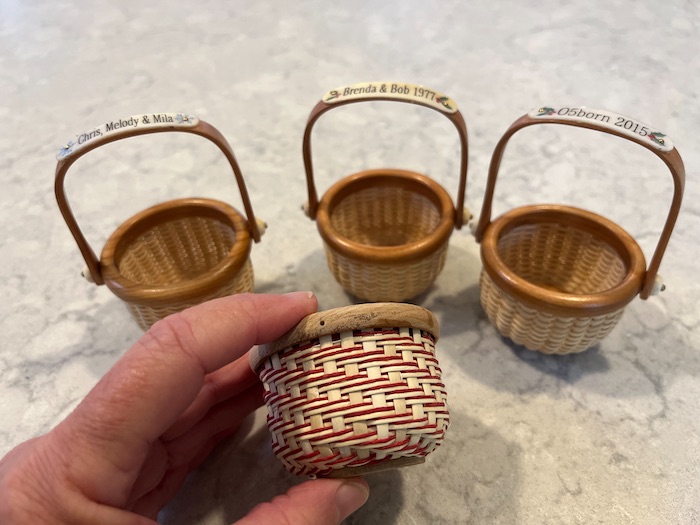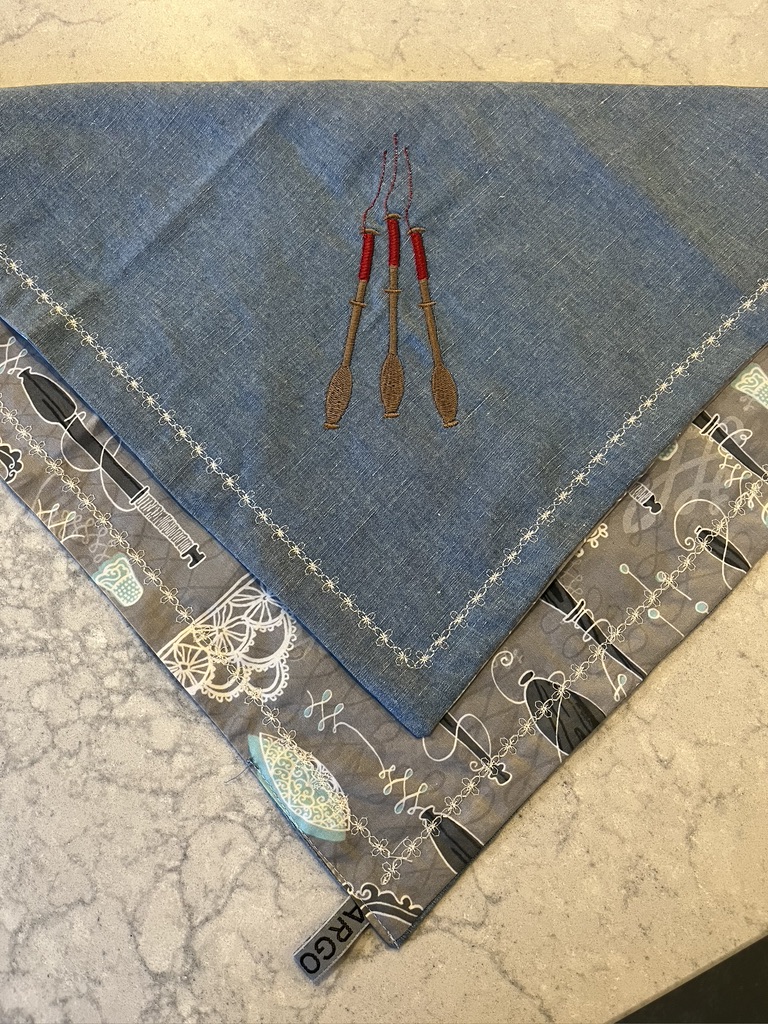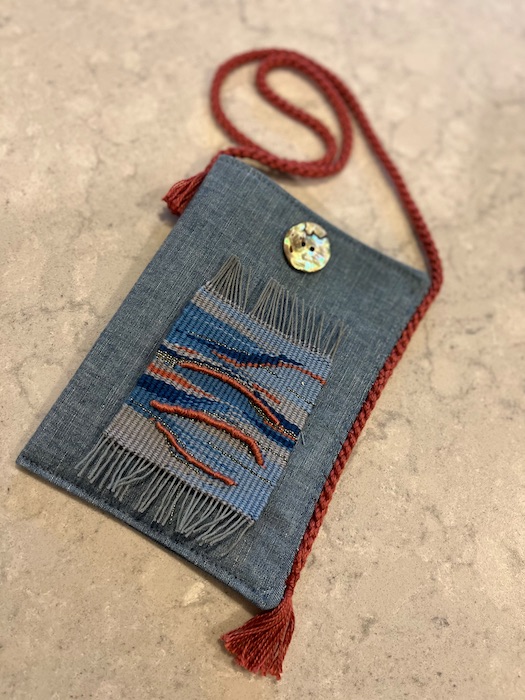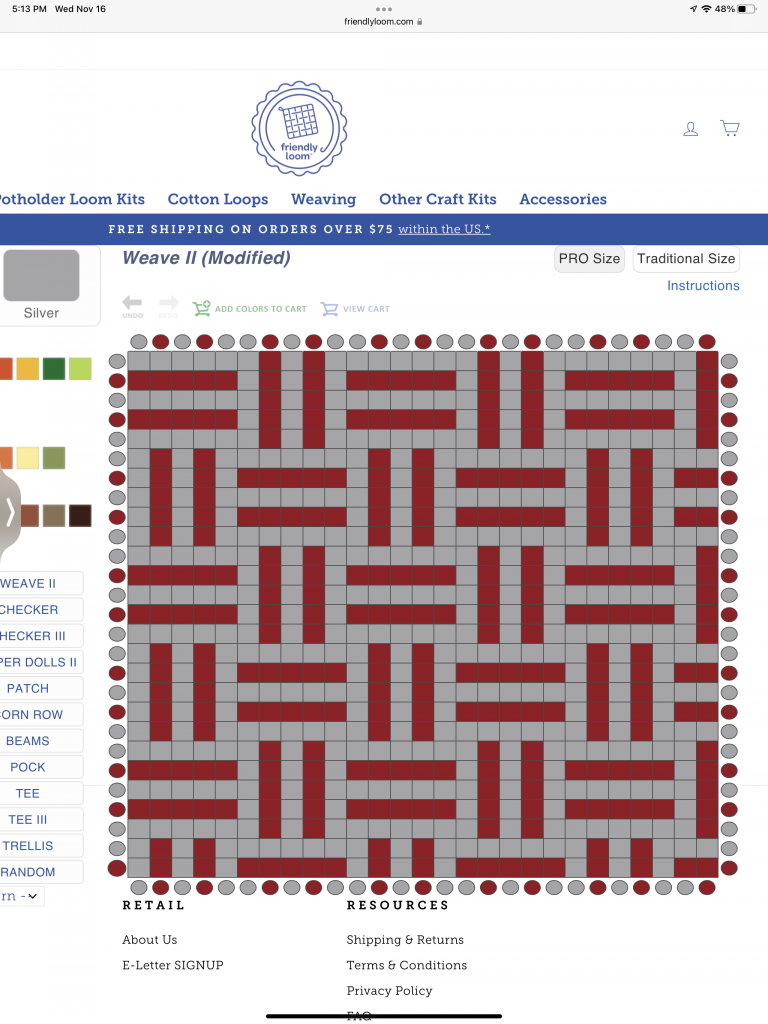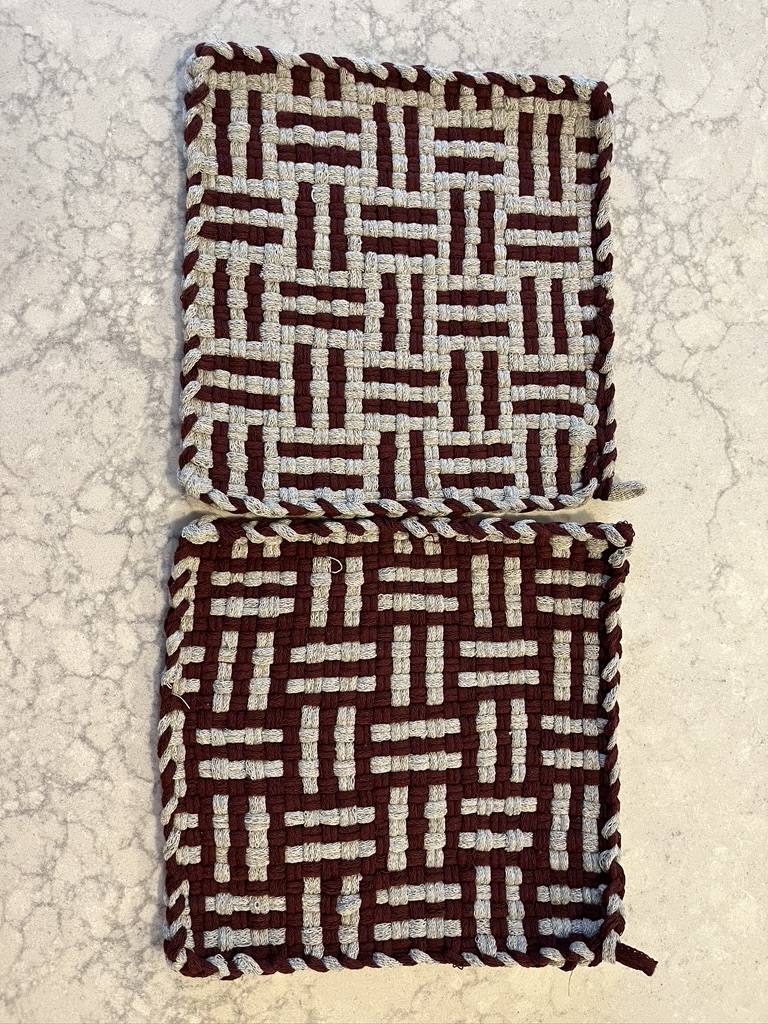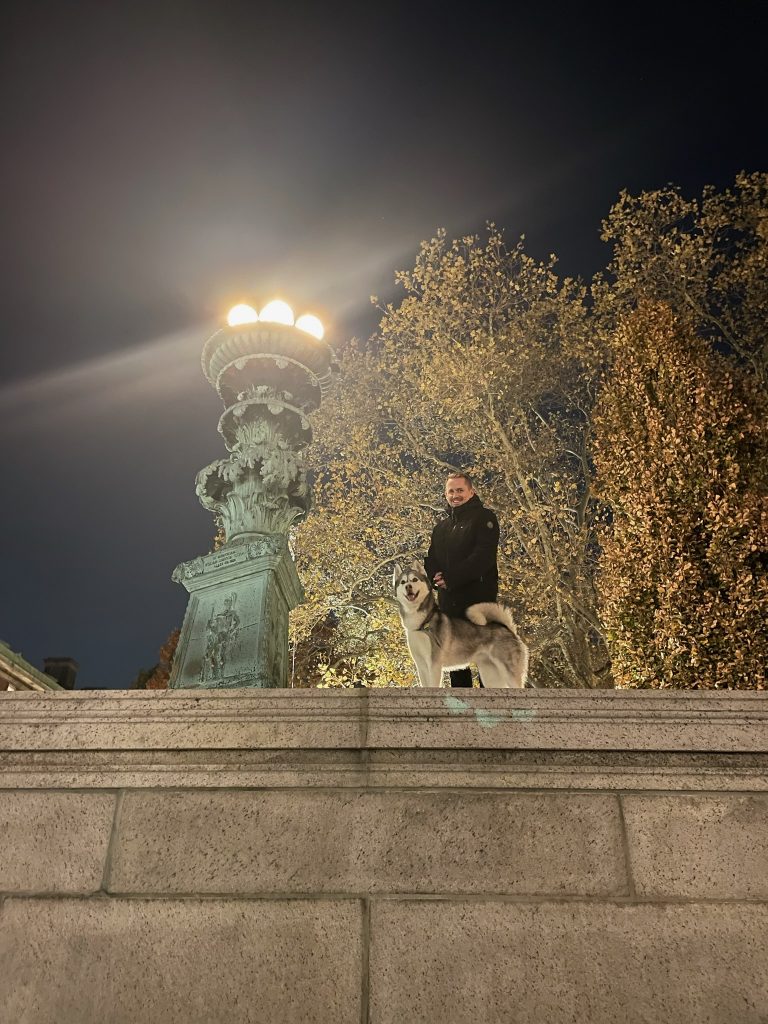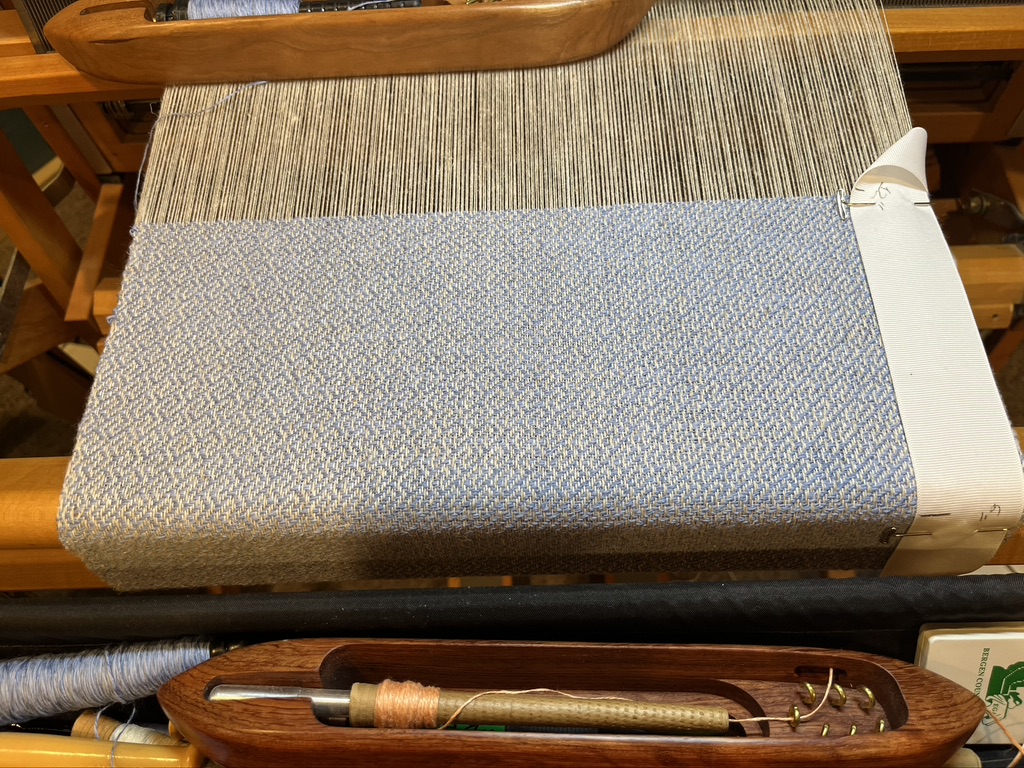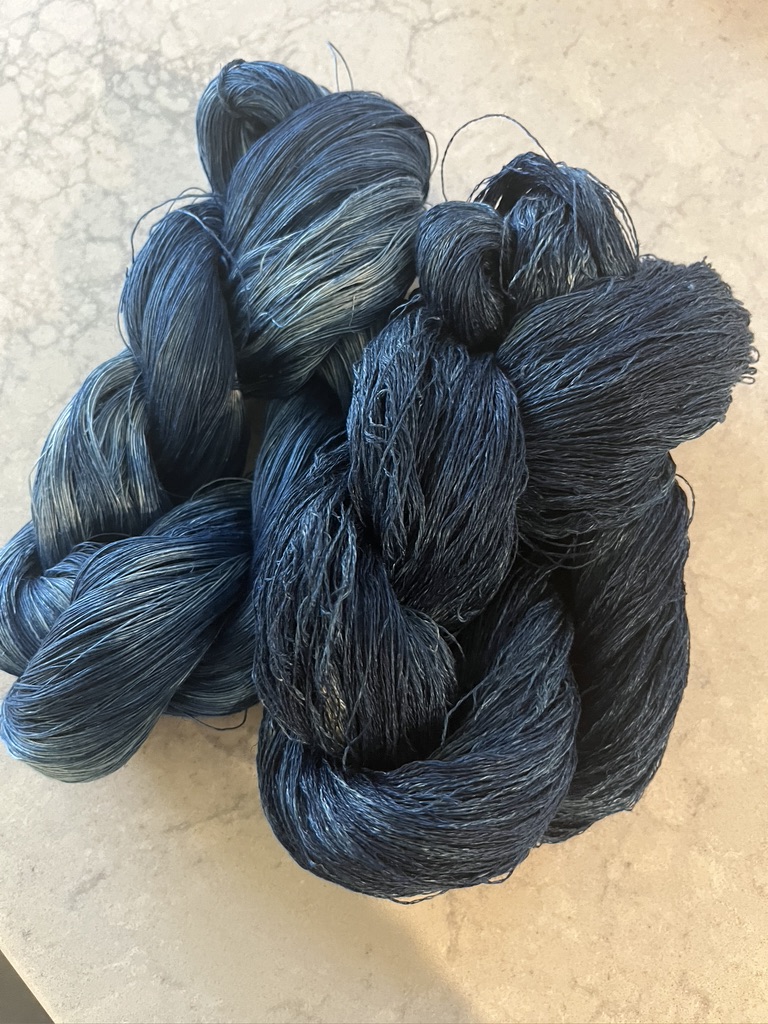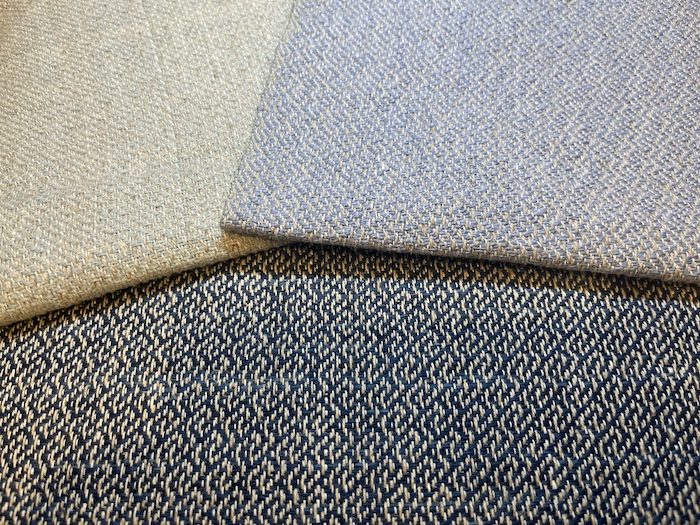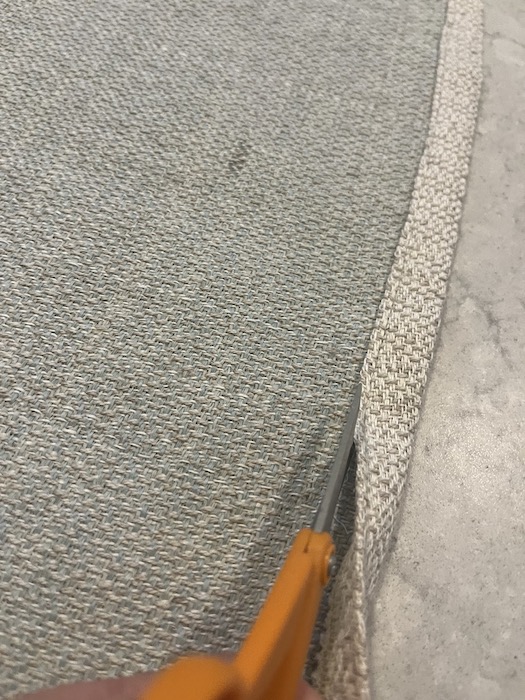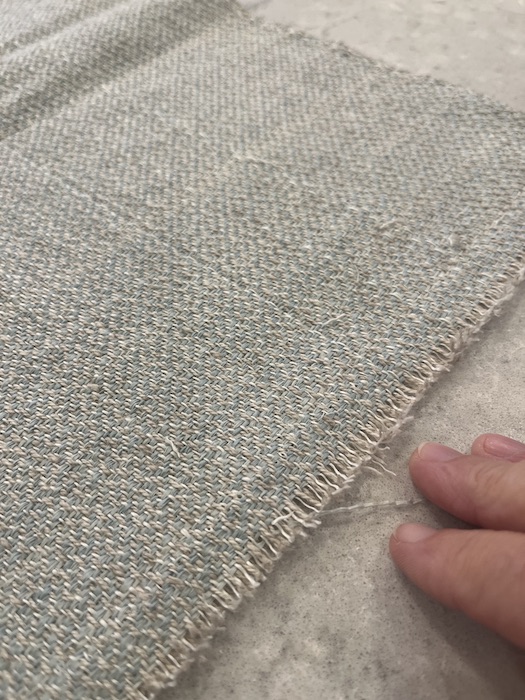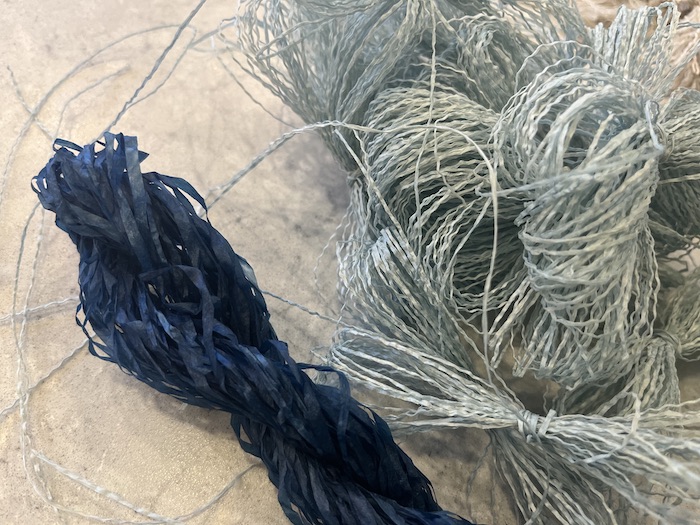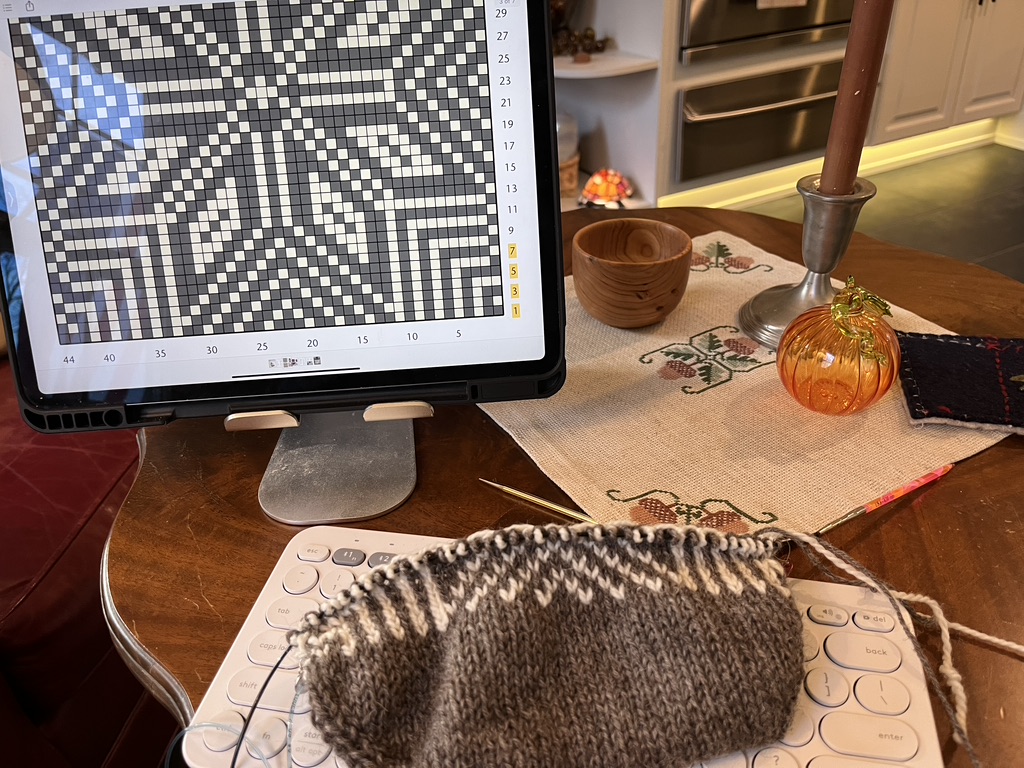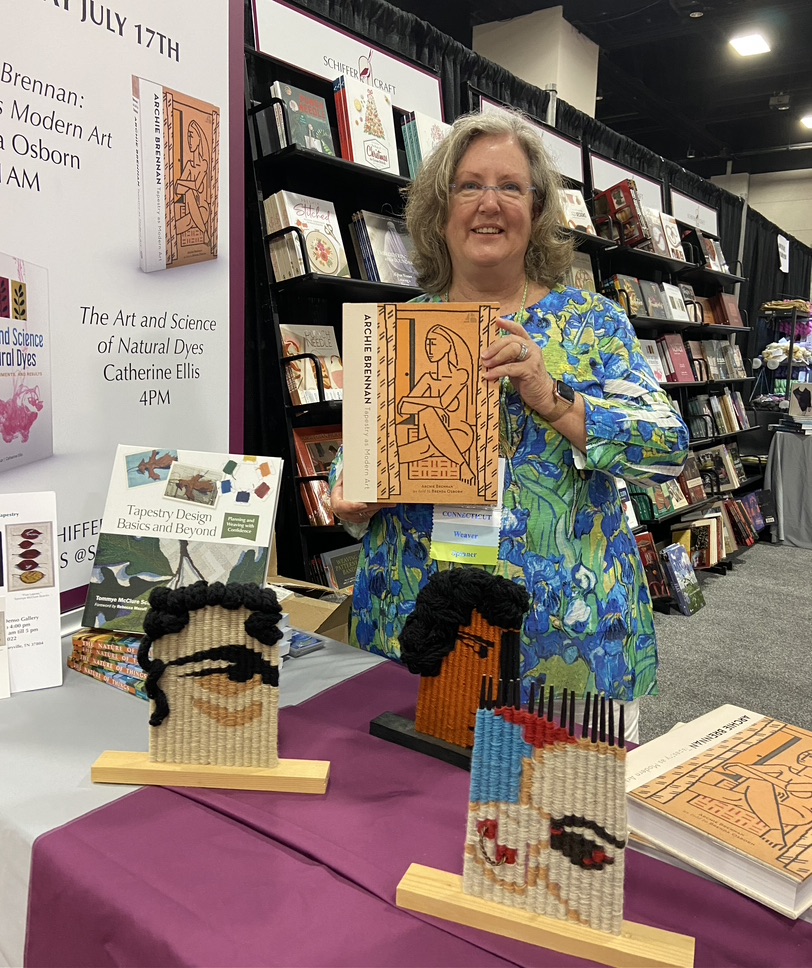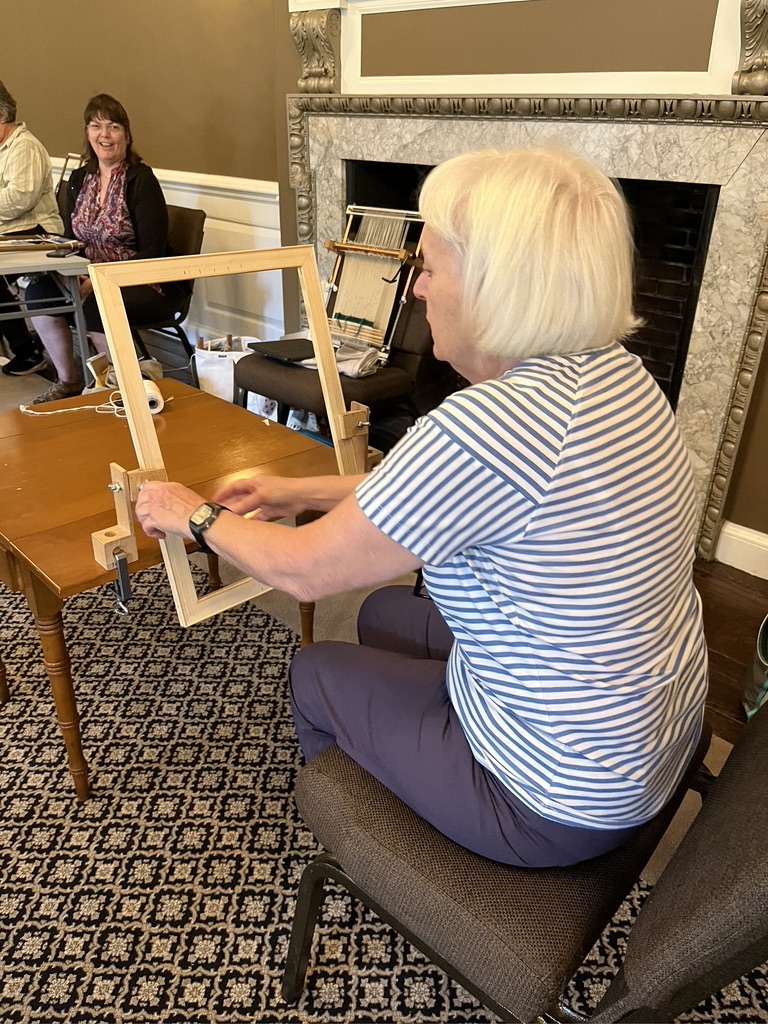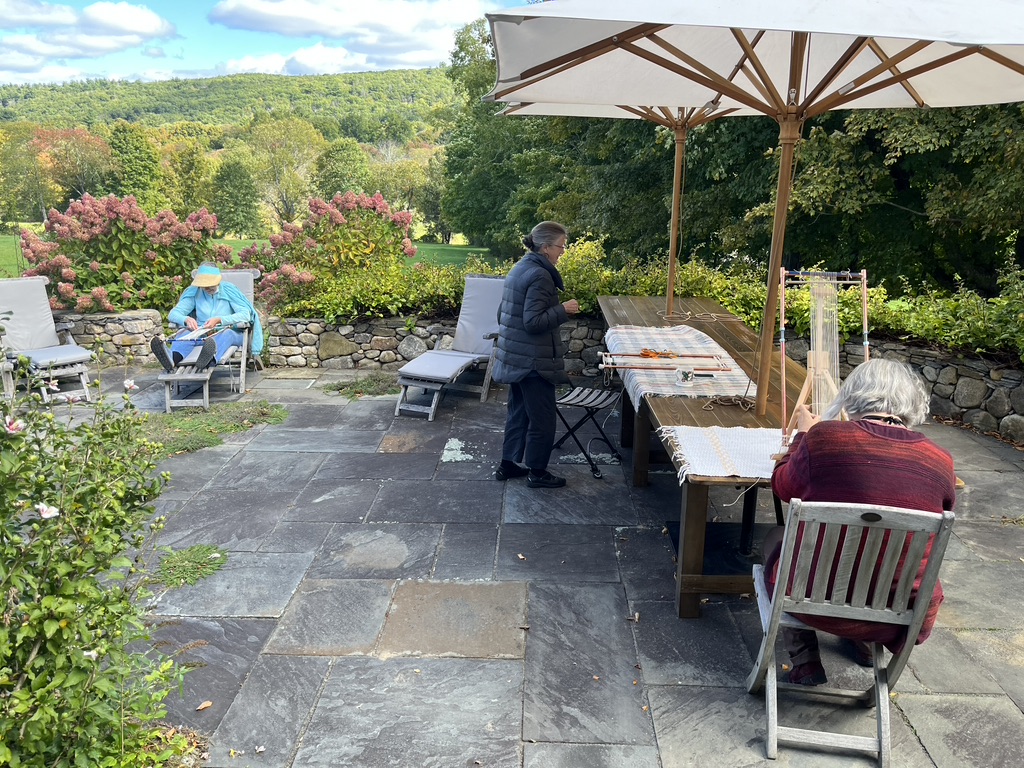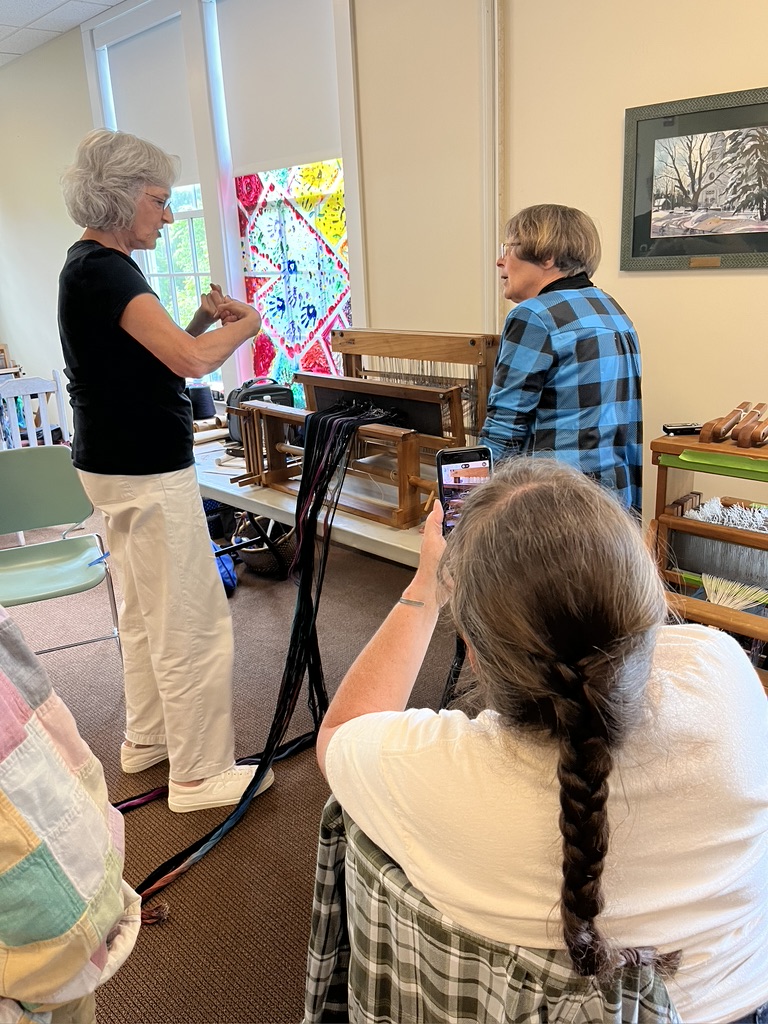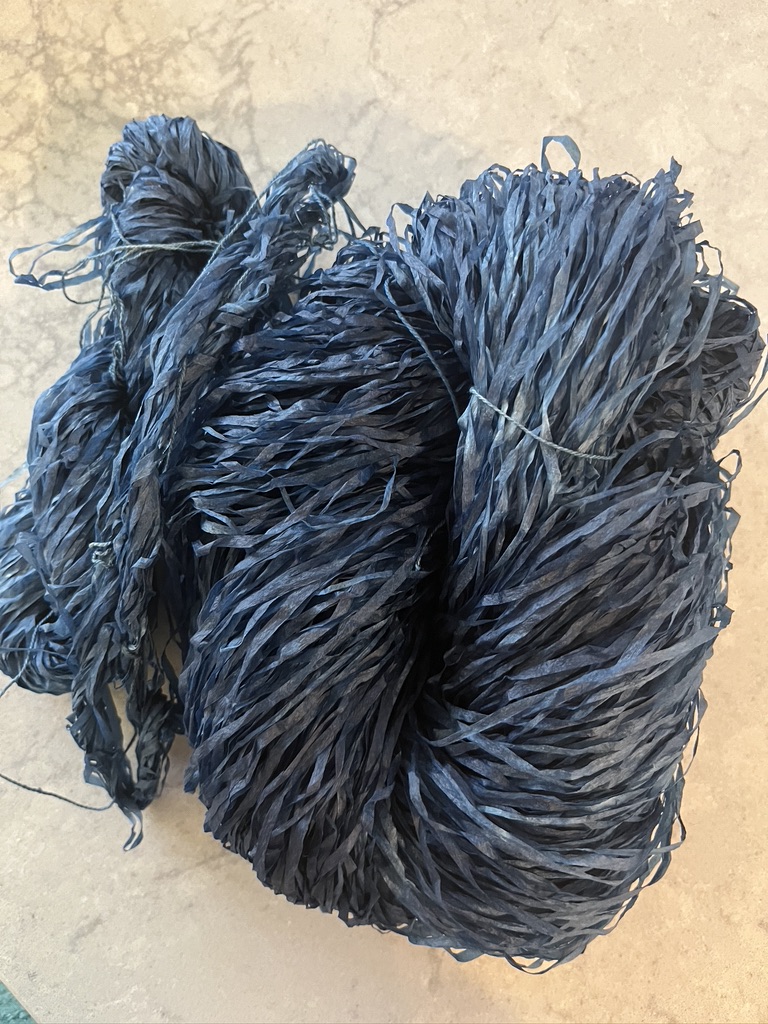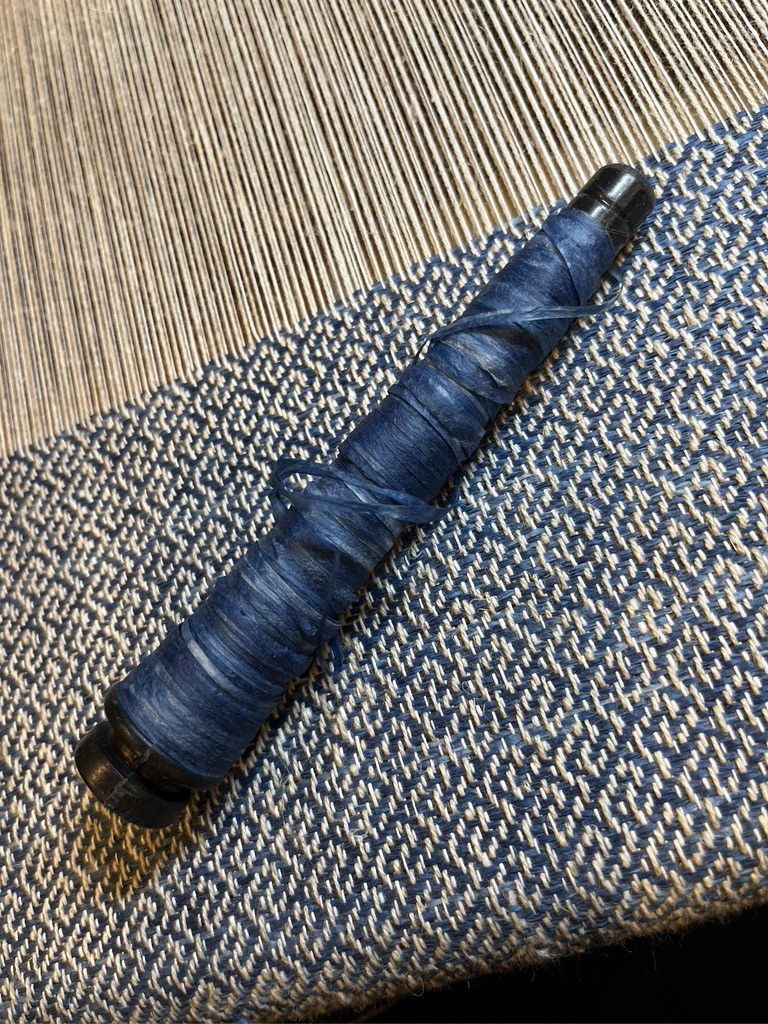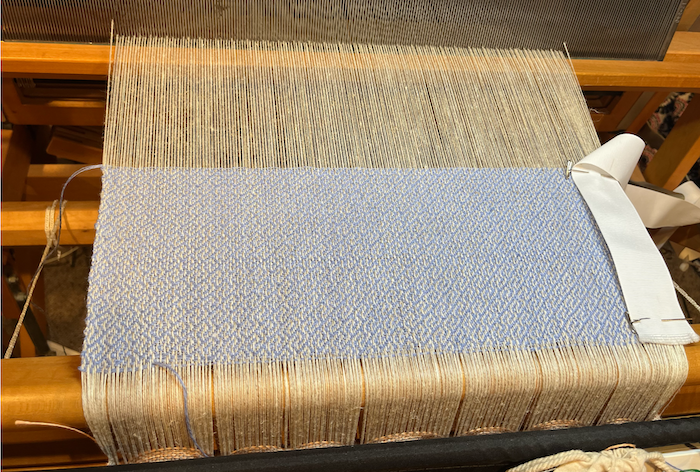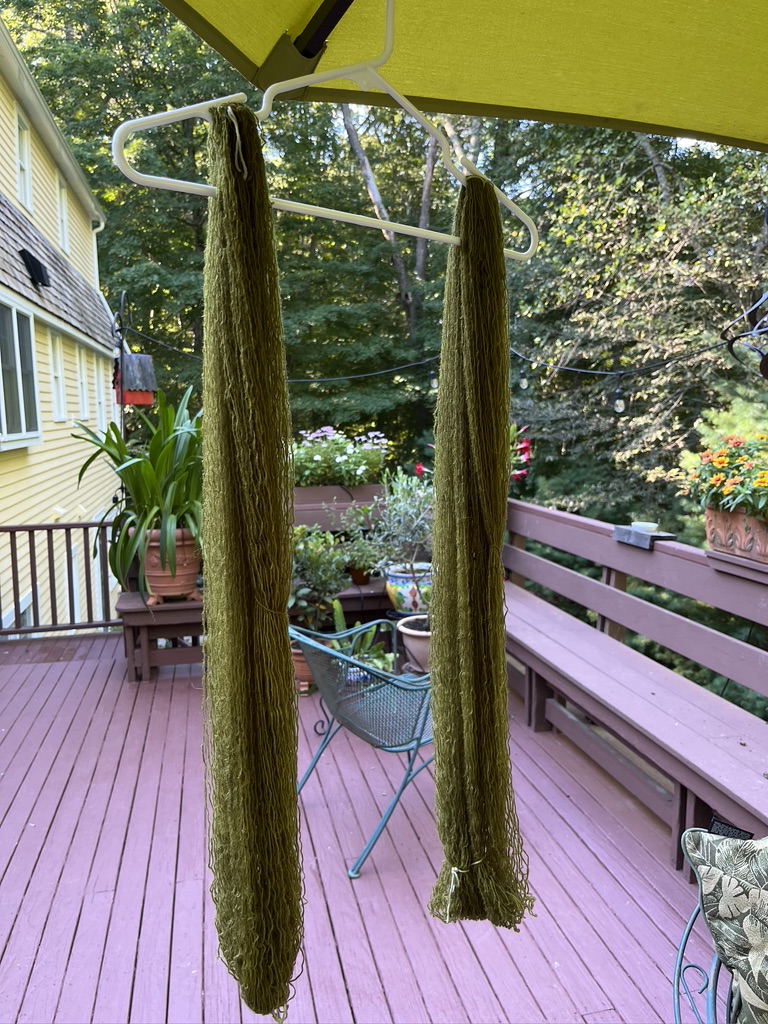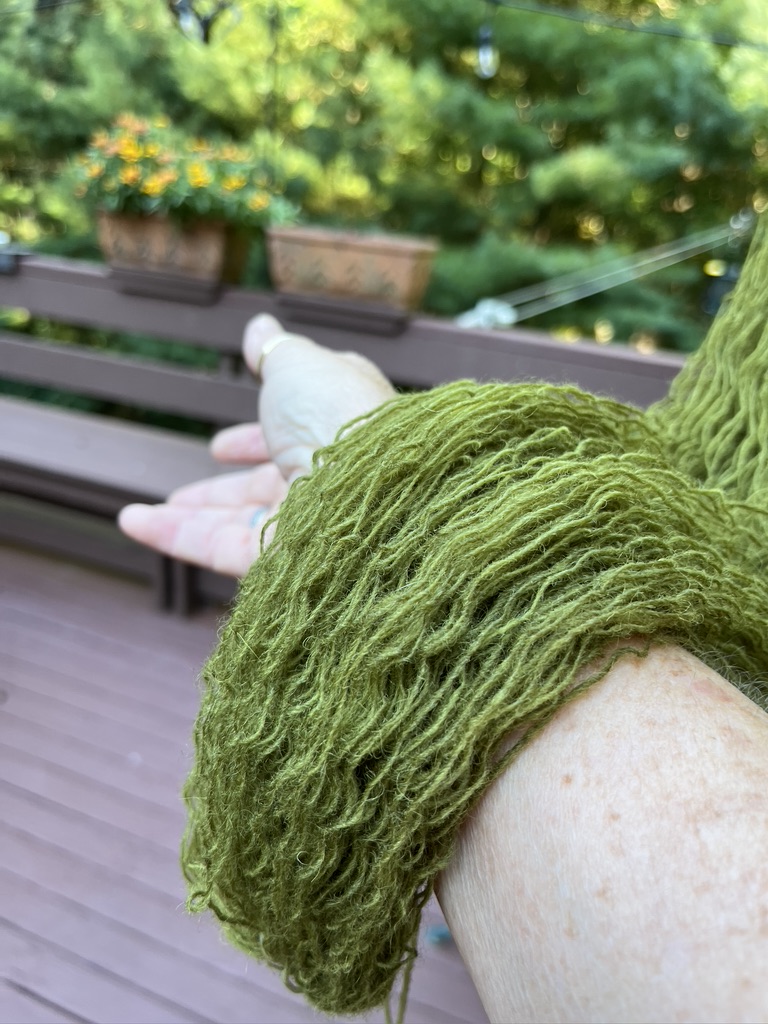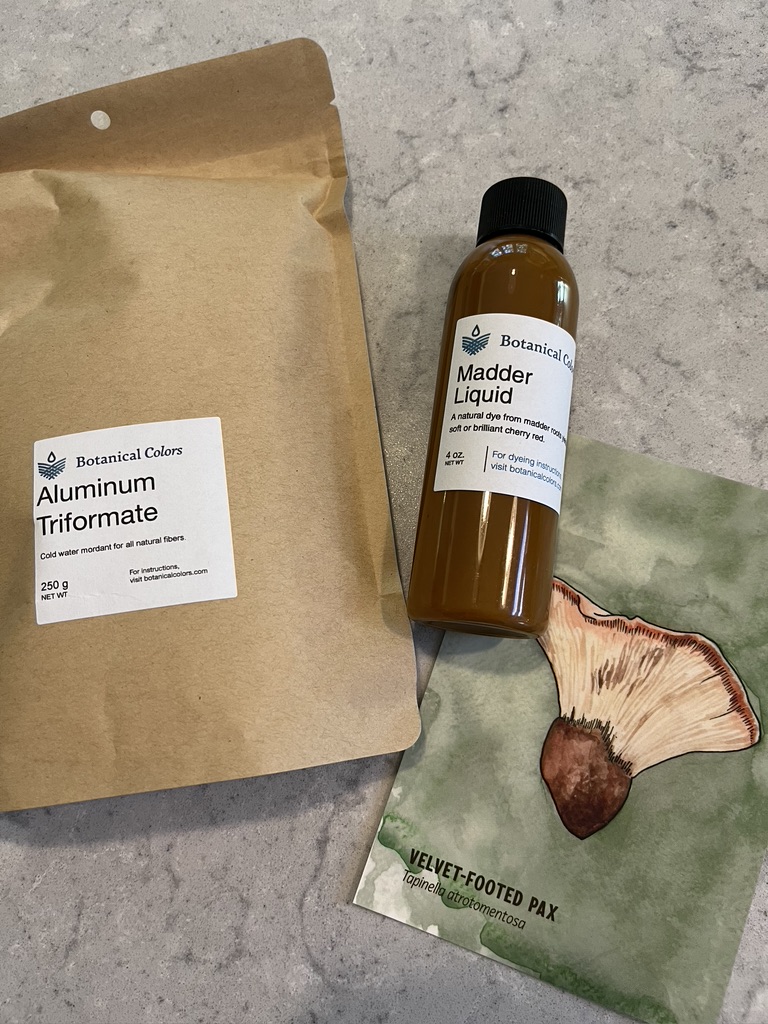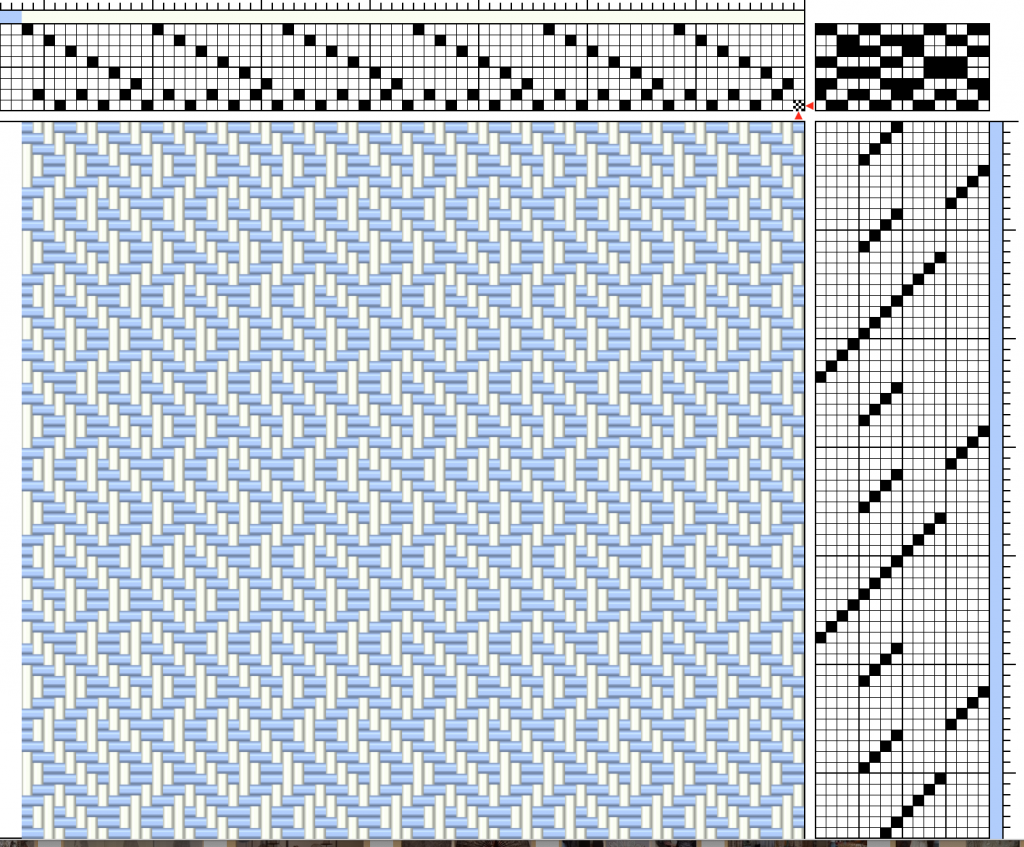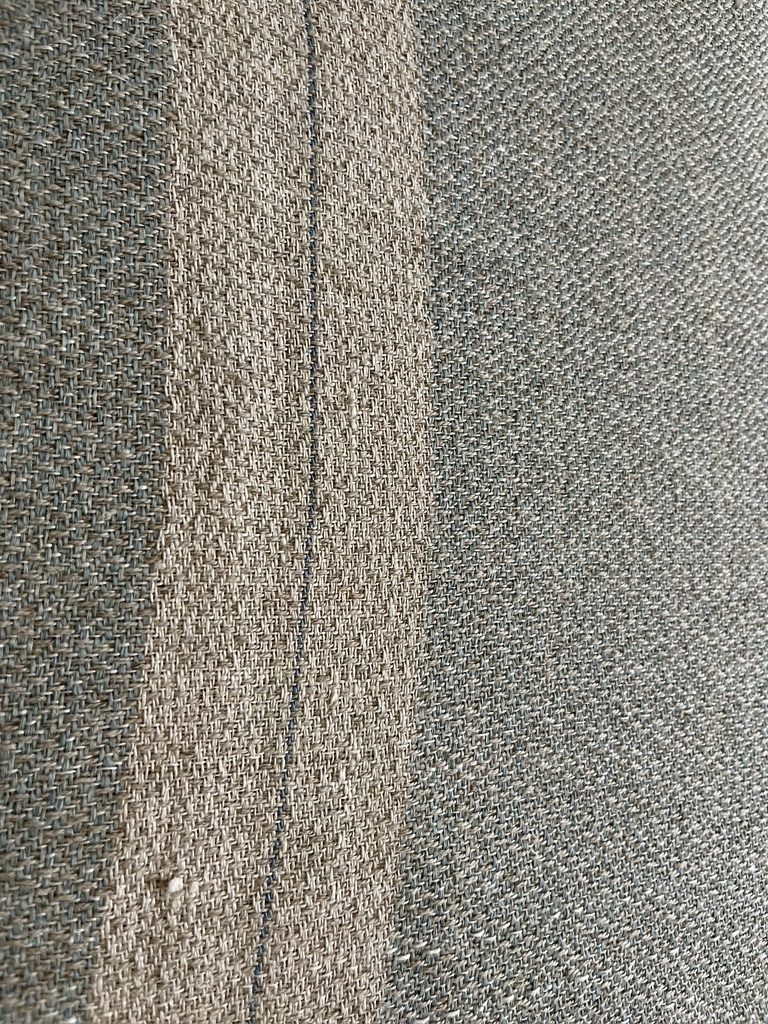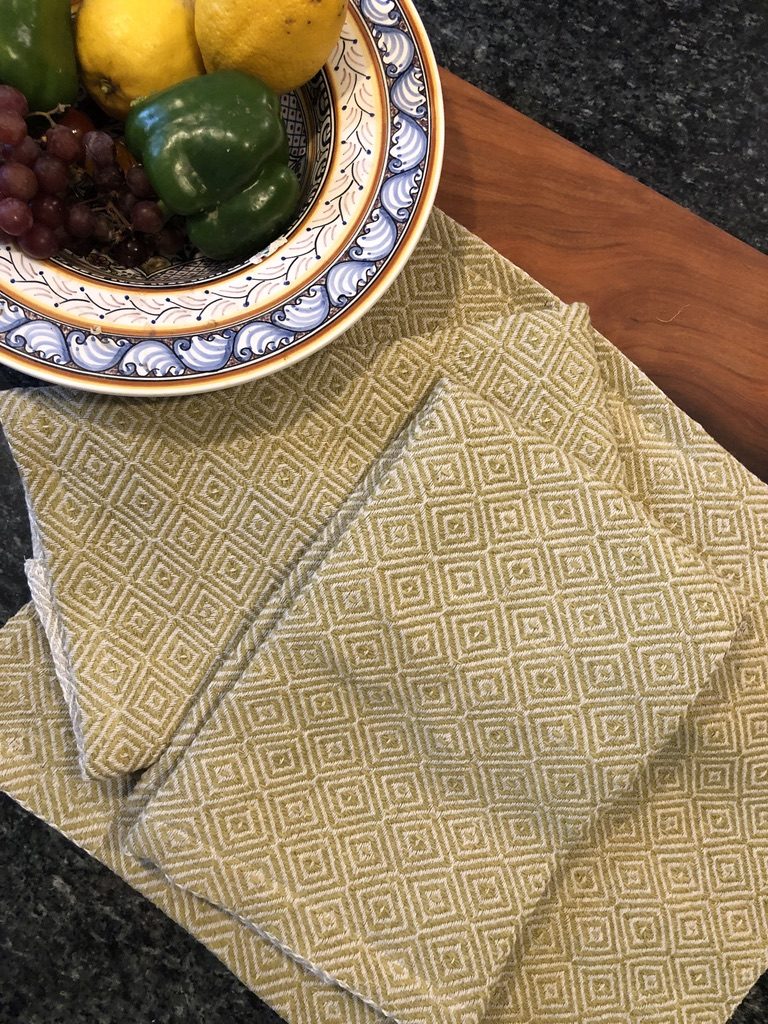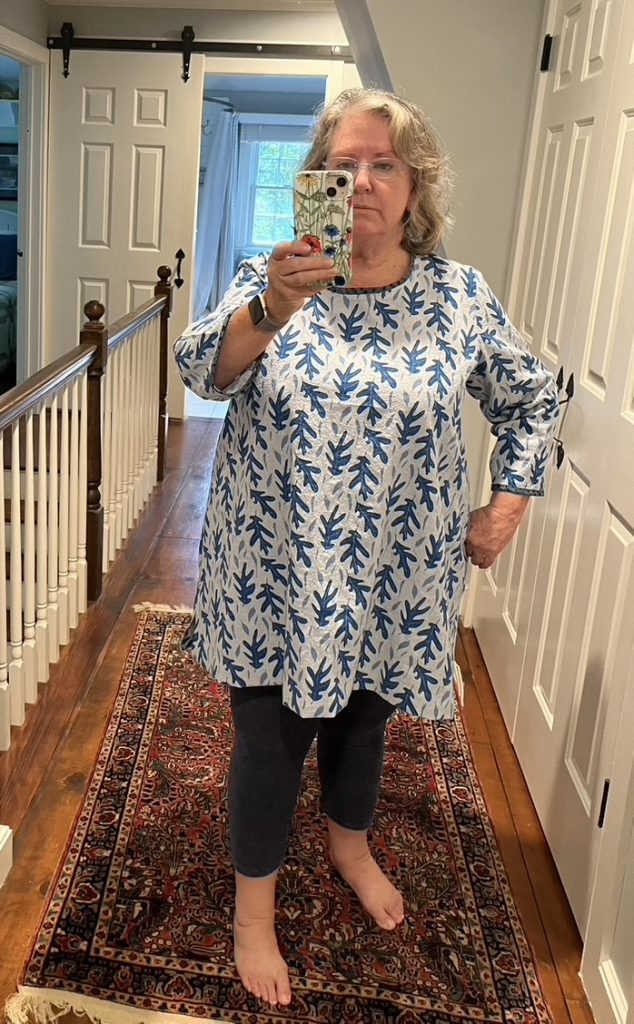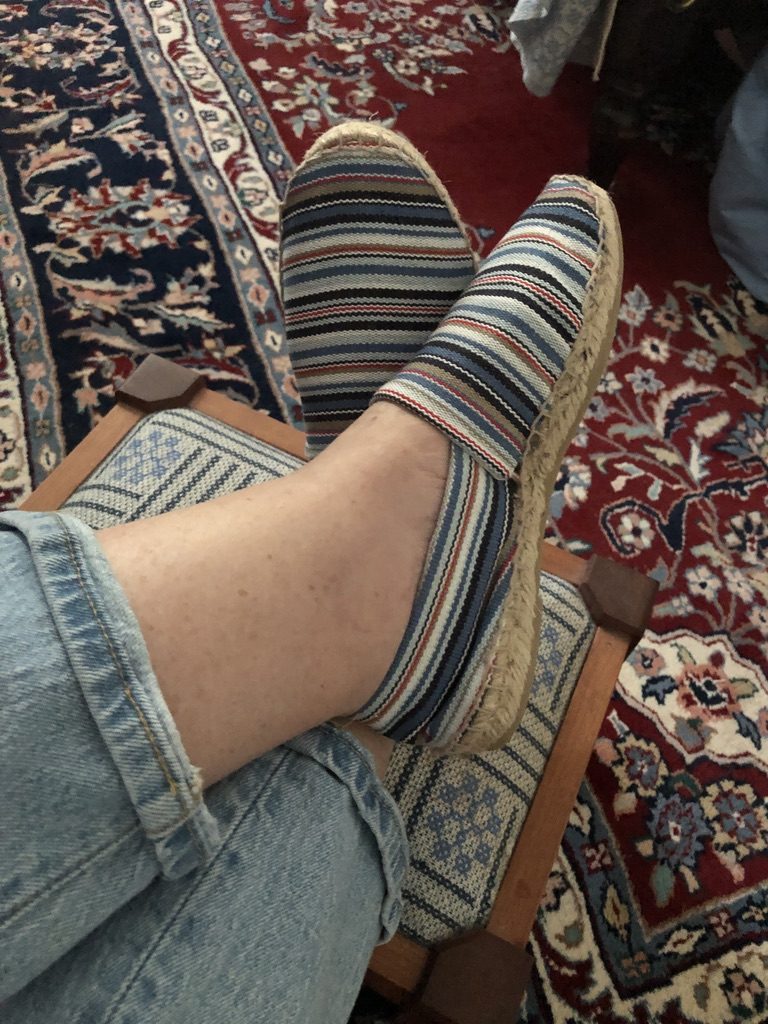Time is so fluid, sometimes so insidious. Some days time moves so slowly and those slow days pile up while I’m thinking about what I’ll do with time when…. when I get home, when spring comes, when I finish this project…
“The bad news is time flies. The good news is you’re the pilot.” Yes, but as someone else said, “Youth is wasted on the young.” I’m a much better pilot now that I’ve got so many decades under my belt, and so little time left! This was better said by Machiavelli: “The more sand has escaped from the hourglass of our life, the clearer we should see through it.” I’ve got time on my mind because of the slow winter when I kept dreaming of things I’d do when I returned home. Now I’m here and time is flying at lightning speed. How I want to slow it down.
The TWiNE exhibit ends today. It has gotten a lot of traffic over the month that it has been on view at the Barnes Gallery in Leverett, Massachusetts. I gallery-sat last weekend when about 12 people visited over the afternoon.
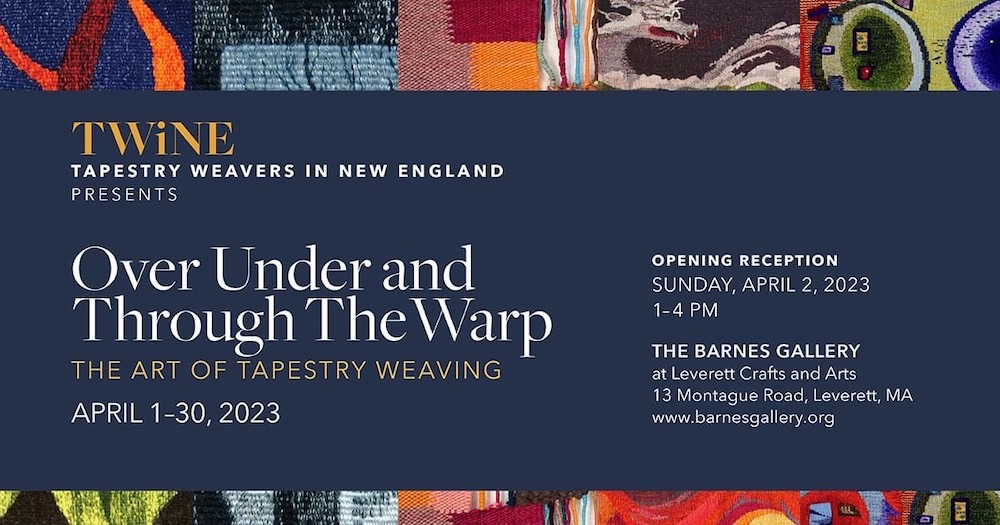
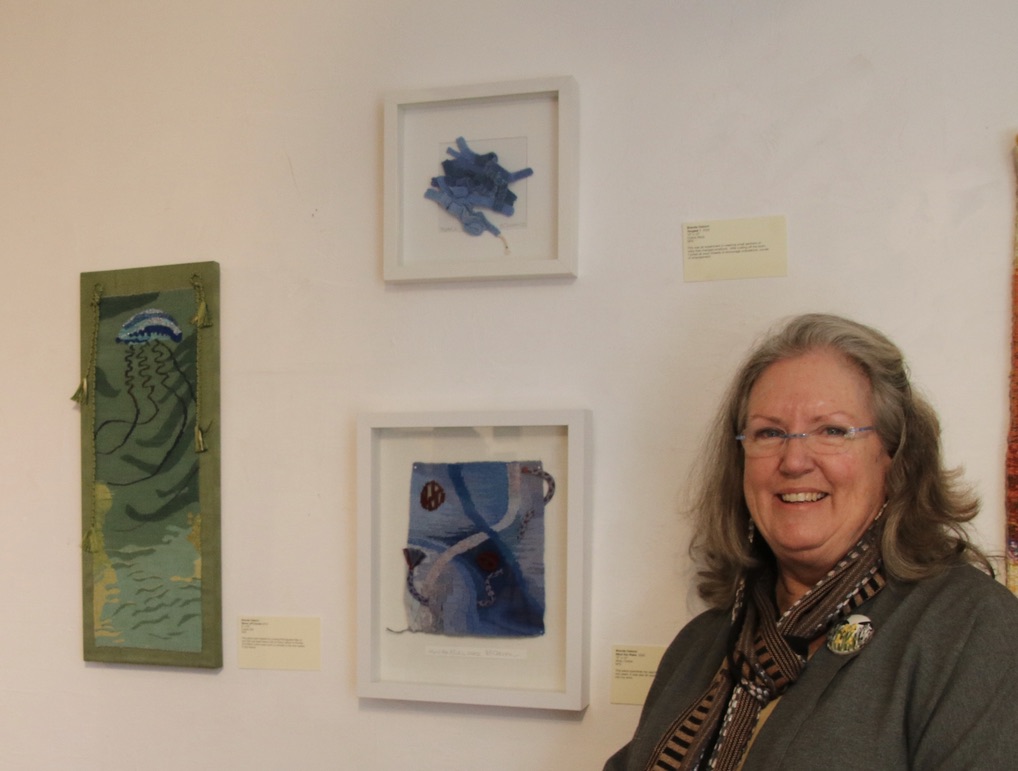
I was particularly thrilled to have some of my friends from the Connecticut guild stop by. It’s a commitment to drive to Leverett and these friends made a day of it. Lucky me that they chose the day when I’d be there. I hadn’t seen these friend since I left last fall to spend the winter living aboard Pandora. Behind us are three stunning tapestries by Minna Rothman. The photo was taken by my dearest, oldest friend who also came to visit the gallery that day. On top of the five friends, there were seven or eight other visitors. Someone did a great job promoting this exhibit!
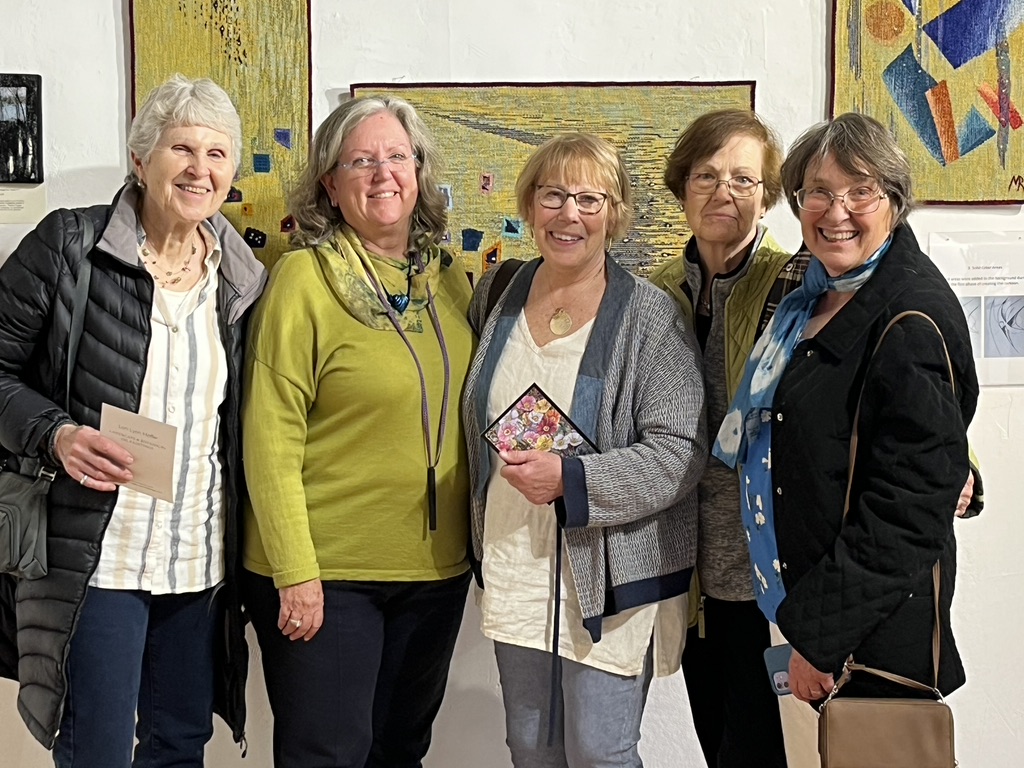
I had planned to jump right into so many things when I returned home. High on the list is finishing the paper placemats that I left behind last fall. I had carefully retrieved the weft out of the first placemat when I inadvertently ran out of weft. I need to dye it in order to keep going, but I cannot find my indigo kit anywhere. This happens every time I reorganize things in my studio! I have no idea where it can be, and so the project sits waiting on my smaller loom.
To keep busy while I forage for that indigo kit I’ve been doing some sashiko embroidery. This is a project I made more than 25 years ago, when I knew nothing about sashiko and there were no Japanese fabrics or traditional sashiko threads available. I just used some denim fabric, probably from JoAnn’s, and I have no idea where I got the thread. It is thinner than the sashiko threads I can find now, but at least this thread had a wonderful matte finish so it looks quite traditional. Somehow I found these traidtional patterns and transferred them to the fabric before I began embroidering. I have no idea how I did this or how I found about sashiko back then. I made this bag to hold my marudai, and I made a kumihimo draw string for the bag.
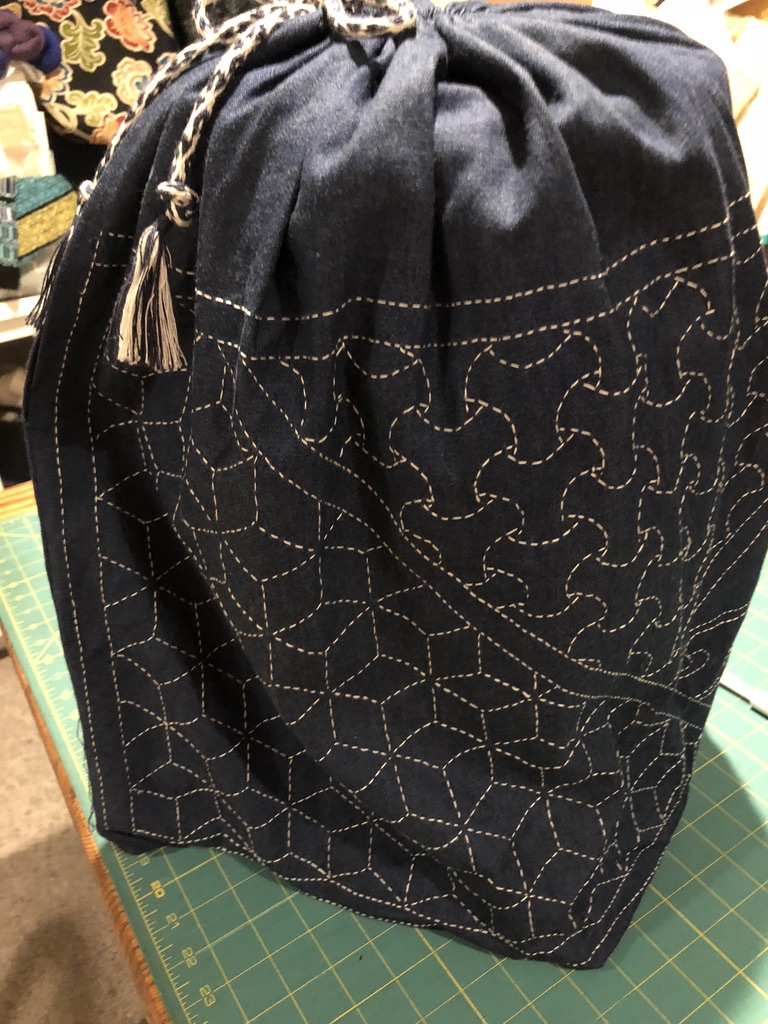
Fast forward 25+ years and I have returned to this technique. Now there are books galore on the subject and even online shops that carry kits. What a world! Last fall I took an afternoon online class through Tatter on making this small cross body bag. The teachers were two Japanese sisters from California, Marico and Toshie Chigyo. My stitches are far worse than what I did a quarter century ago. I wish I’d had the option of a cream thread rather than this blinding white. I wish I understood how to transfer the pattern to the fabric. I used a bone tool to impress the fabric, but the impression was not sharp enough for my aging eyes. One of my weaving mentors (Sr. Bianca from the Weaving Center in Tarrytown, NY) gave me this sage advice. She noted that when I did the large bag for my marudai I was a beginner who worked slowly and carefully. I should have had that attitude in returning to this technique. I am still a beginner and should have worked slowly and carefully yet again. She says it looks like I worked this piece as if I knew more than I really do! It’s so true. I also think the pattern is out of proportion to the size of the bag. I should have reduced the size of the sashiko pattern. Next time. And I will take it slowly (speaking of time!). And... I realize I can make my own flat woven braids on my taka dai for future little bags. What a thrill!
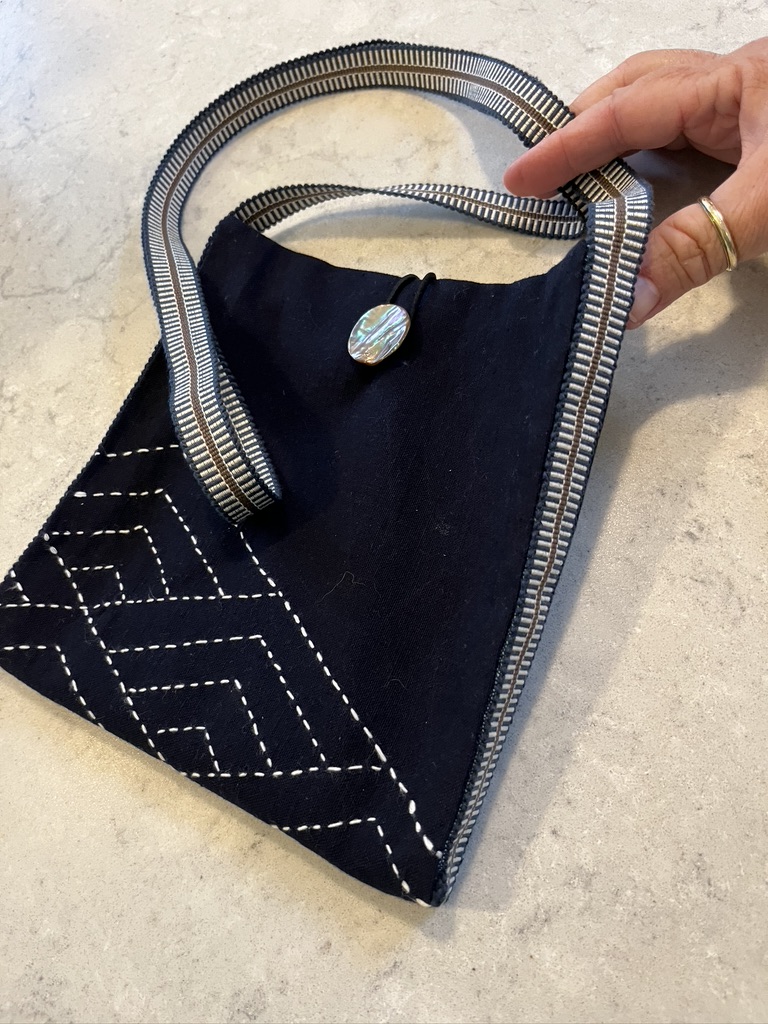
Here is a kit I bought from Snuggly Monkey. In highsight, I how know that I prefer sashiko done on indigo cloth with light thread. This kit has a printed design that will disappear when the fabric is soaked in water. It felt like cheating, but I realized I needed some practice. This seemed like an easy way to get that. I have no idea what to do with this little project. It looks like a pillow cover, but I don’t want that! I am considering making it the bib of an apron. I’ll have to back it with much sturdier fabric for an apron–maybe blue mid weight linen.

And the spring gardens are a great distraction to me right now. Spring always passes much too quickly. If only winter could be shorter to allow for a longer spring!
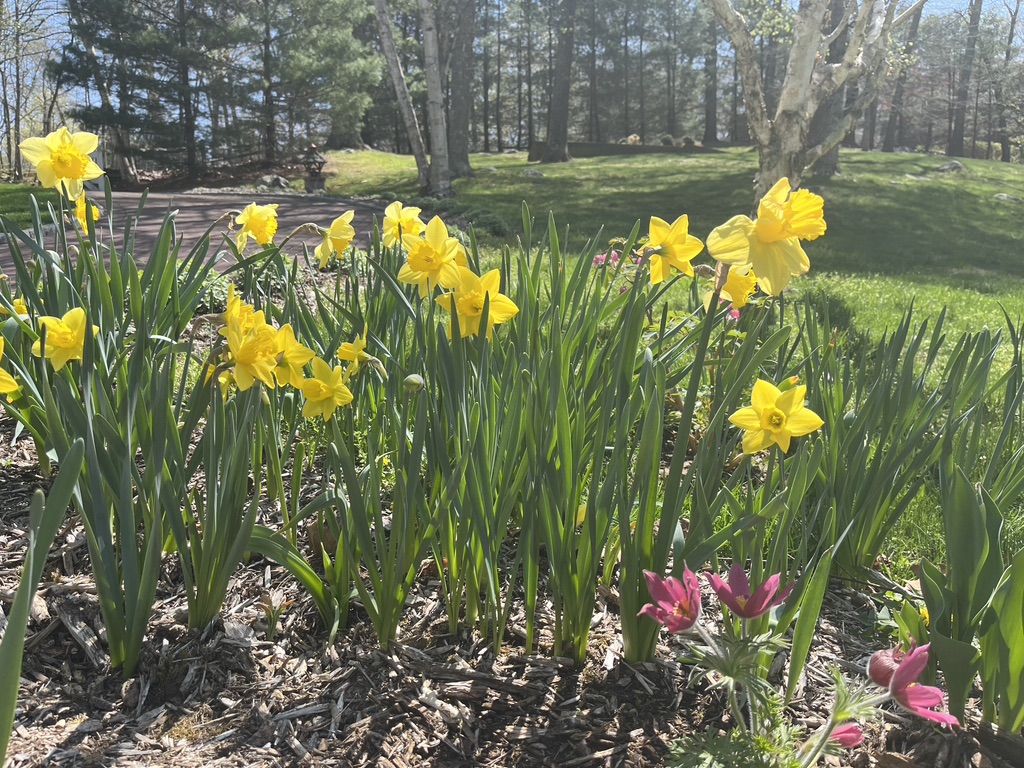
Last fall Bob repotted our collection of amaryllis into three different pots. It looks like he got all the reds together, in spite of not knowing which bulbs were red vs. all the other colors we have.
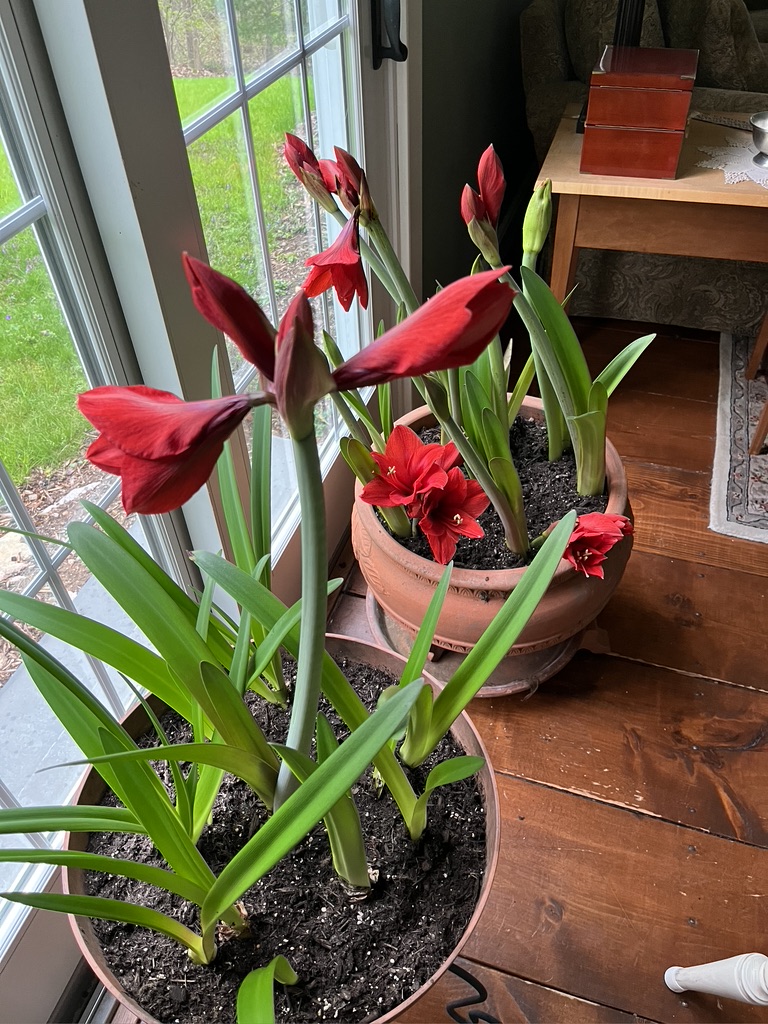
This morning my newest amaryllis bulbs are about to bloom. These are two bulbs labeled “Chico” and “Wild Amazon,” the only bulbs we have with labels. I don’t know which one this is. I love the varieties that are less hybridized and showy. These look quite exotic with flowers that are a mix of green and burgundy. Tomorrow it should be fully open.
And so time marches on…sometimes far too fast for me, and sometimes drudgingly slowly. It’s Sunday morning, and shortly I will drive back to Massachusetts to the Barnes Gallery for a business meeting of the TWiNE group and then the job of taking down the exhibit. Tuesday I leave for Japan. Yes! Japan! I’m going on a textile tour! I registered for this last November and the time has dragged on and on waiting for the the moment to leave! Now it’s just days away.

This tour is being led by Tom Knisely and Sara Bixler. Will I get a chance to tell him of my paper placemat saga? I hope so! We will be visiting a sakiori workshop, kasuri dyeworks, a workshop where kimono fabrics are woven, and various other sites. When we are not visiting textile workshops we’ll visit gardens. It’s the perfect tour for me and a weaving friend who is also a weaver and a gardener. Last week I discovered that two other good weaving friends will be on this tour! What an amazing time we will have, and especially by being together! I haven’t seen these friends since I moved to Connecticut, 11 years ago. I hope time will pass slowly during May. I want to savor every moment of it.

